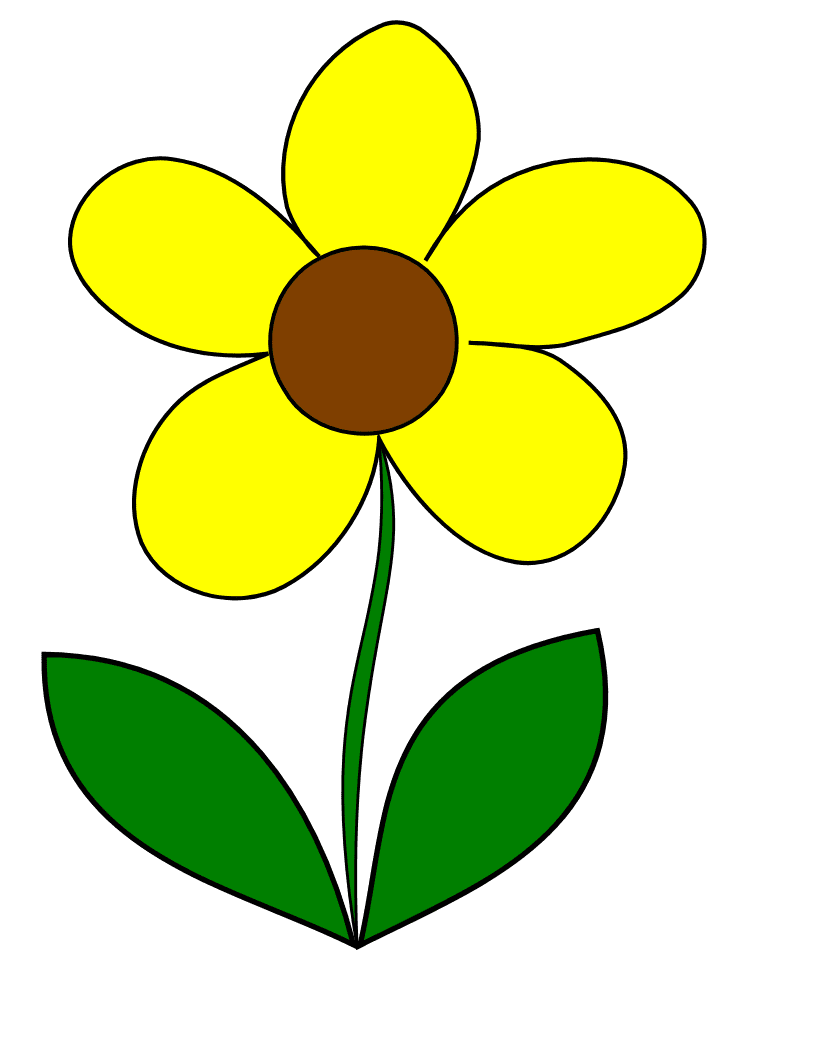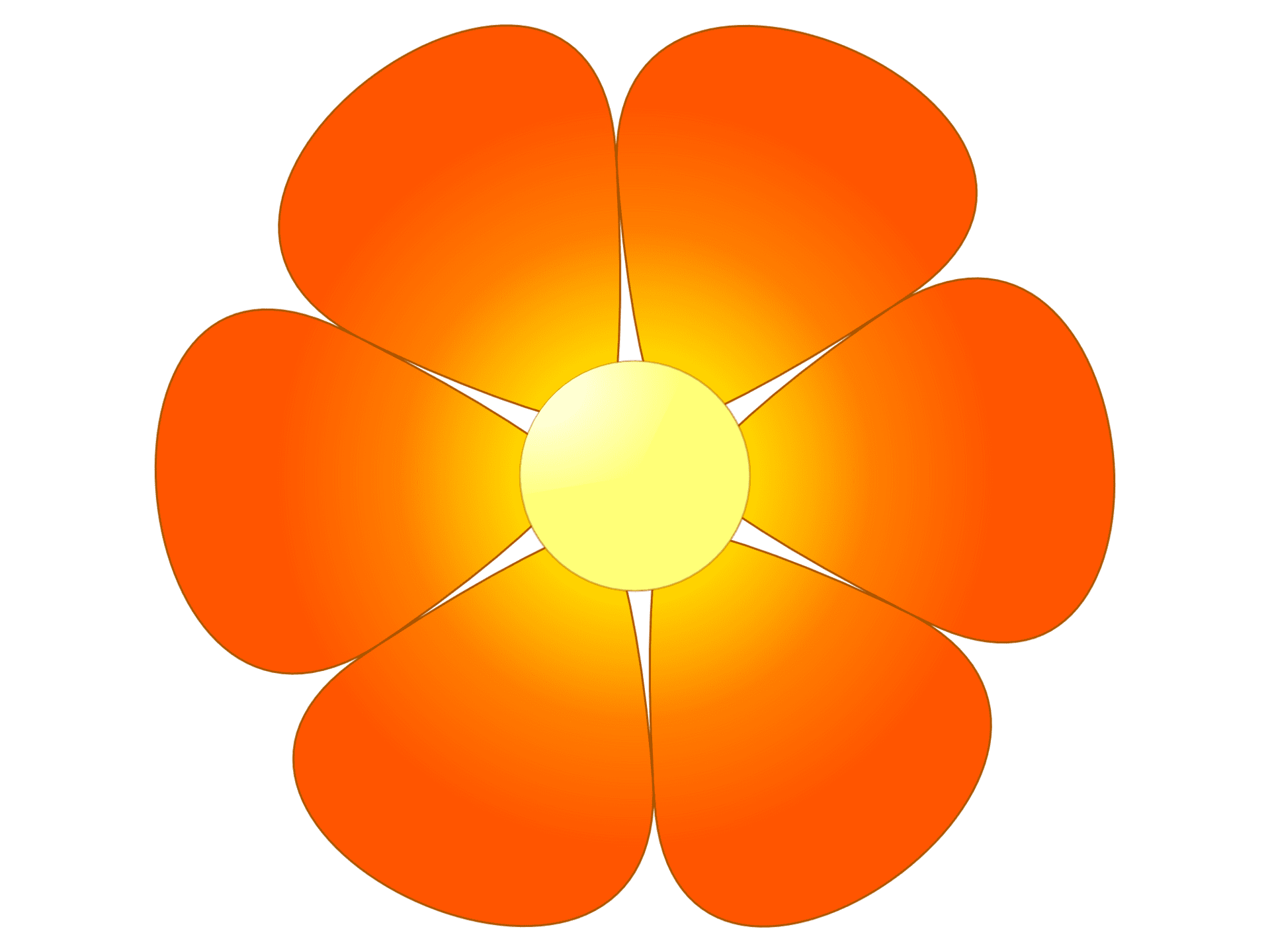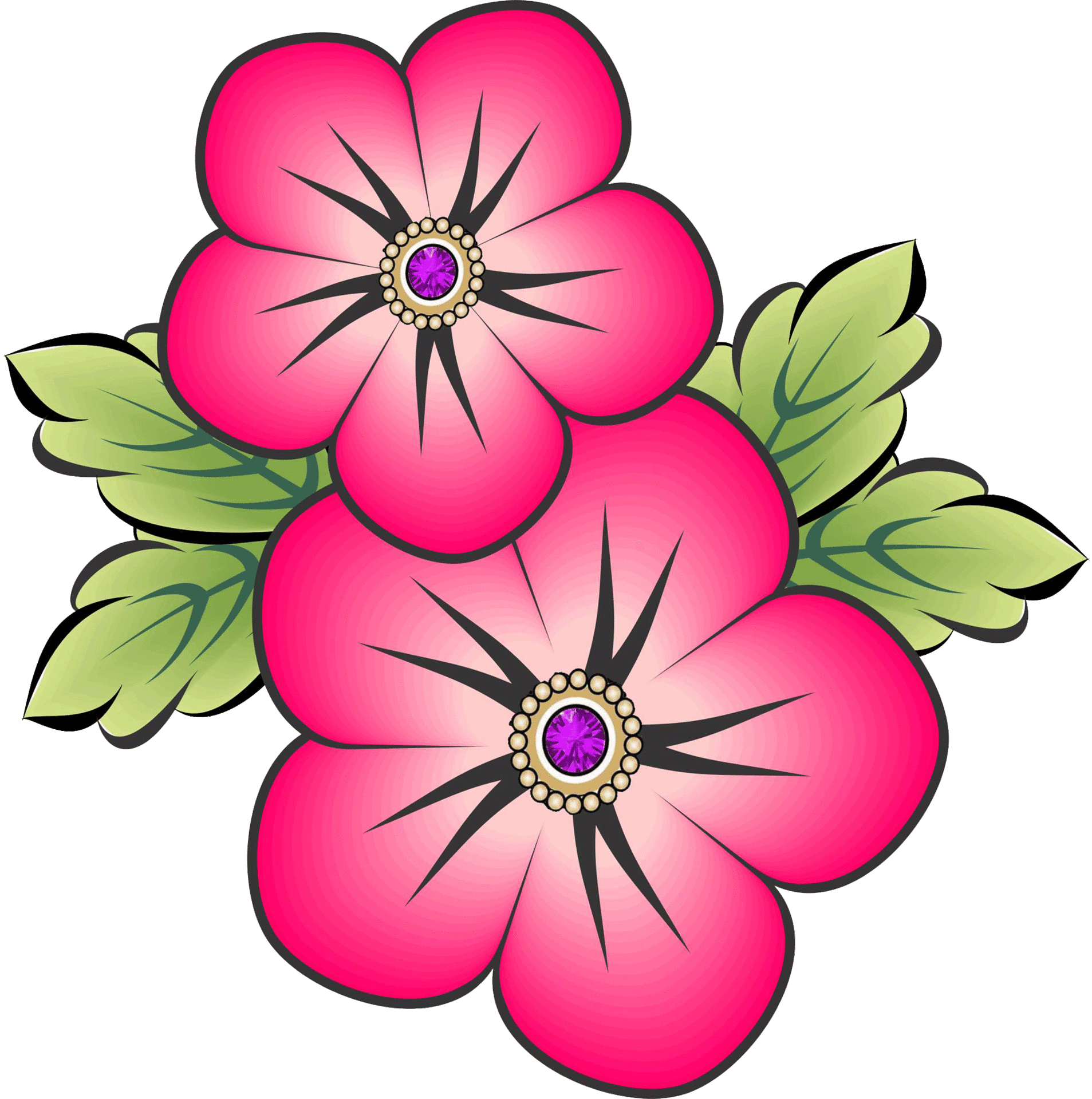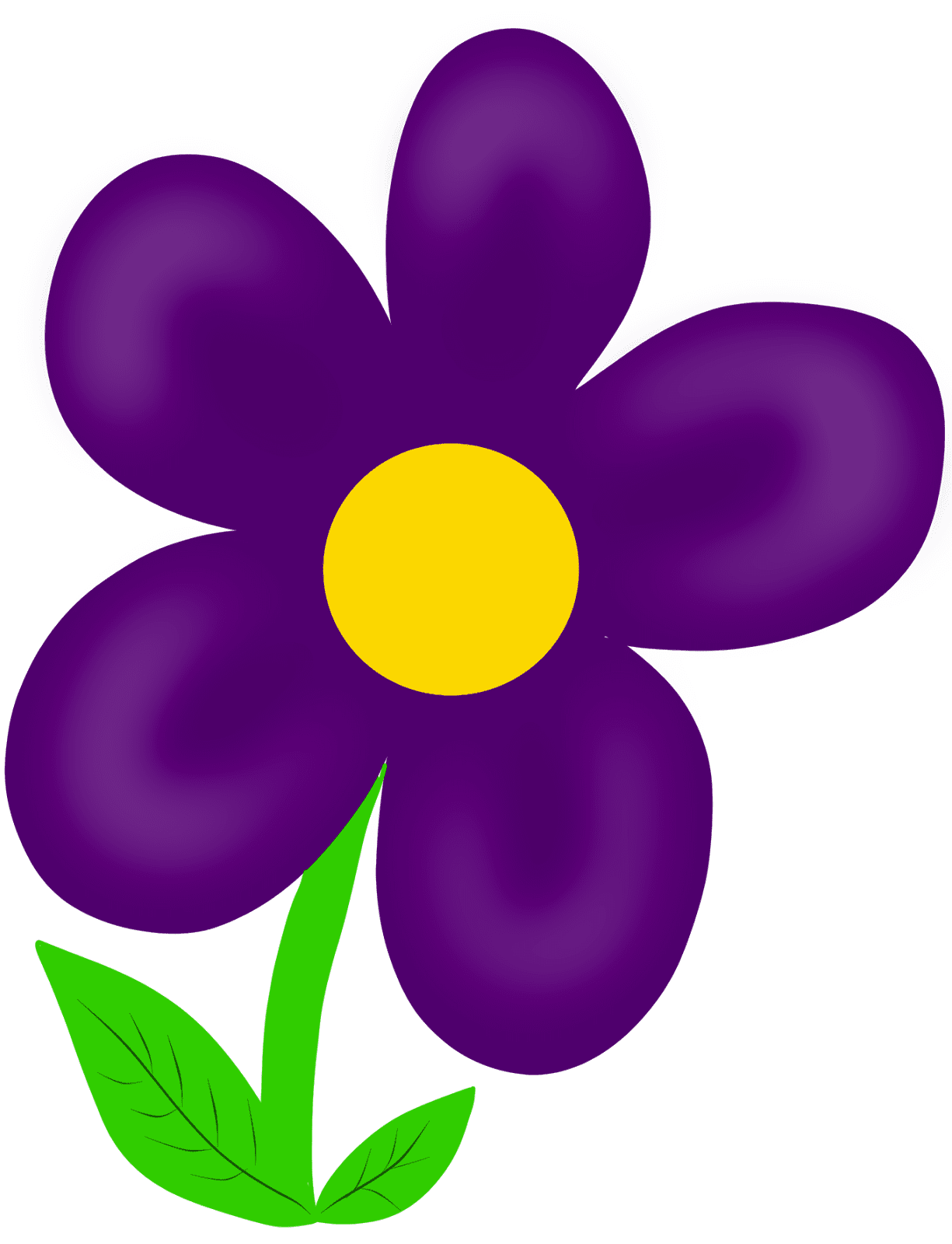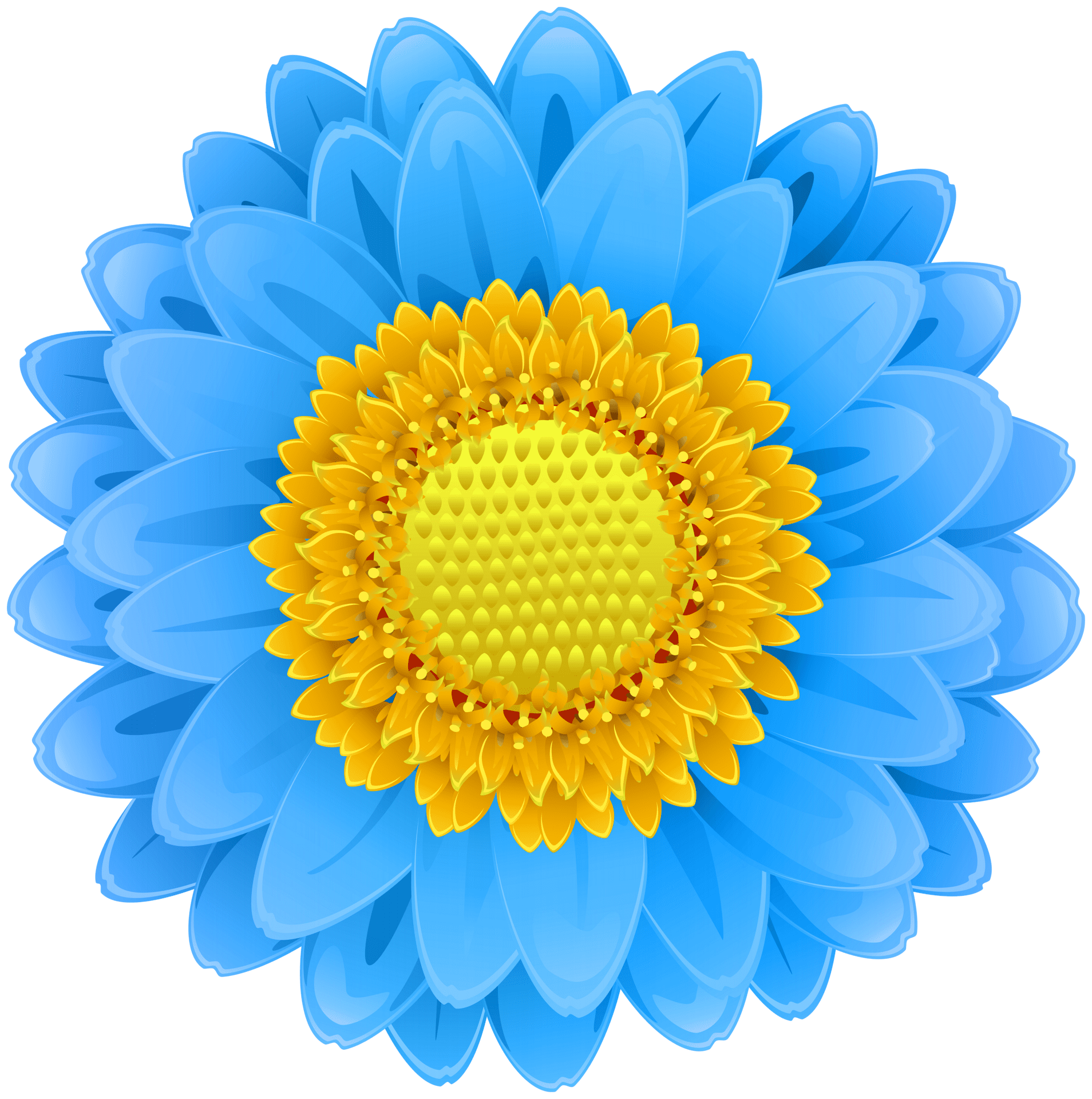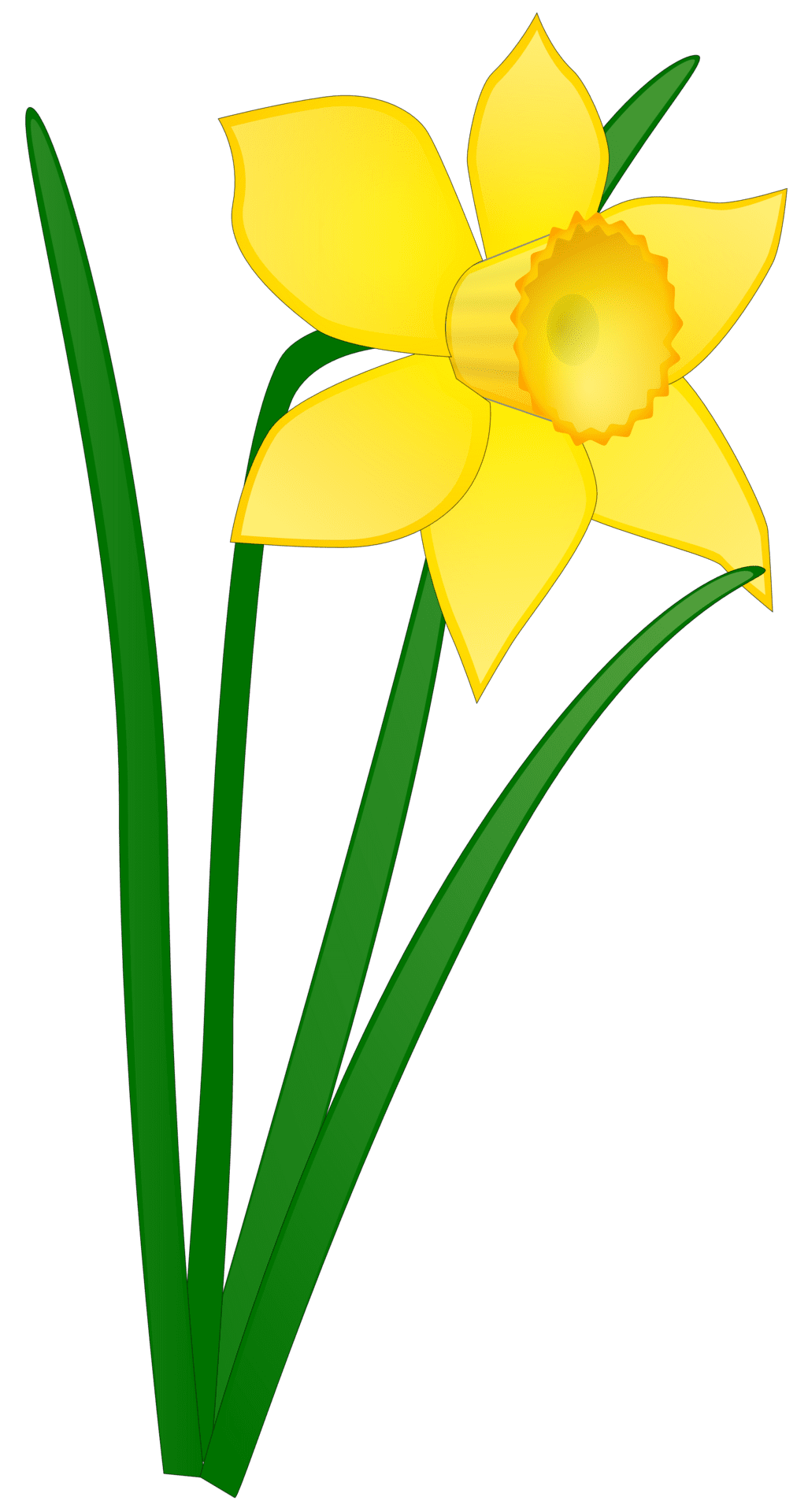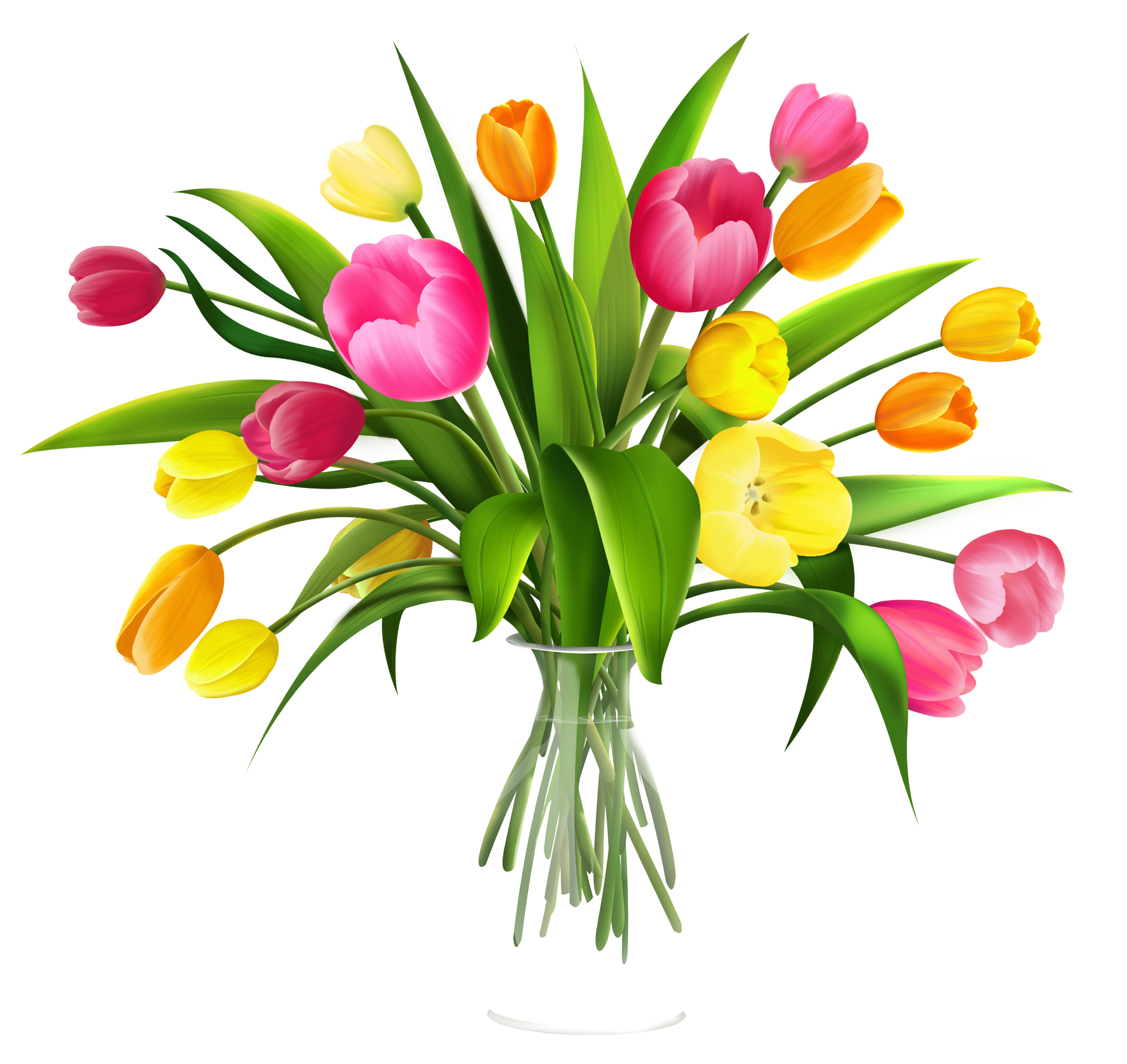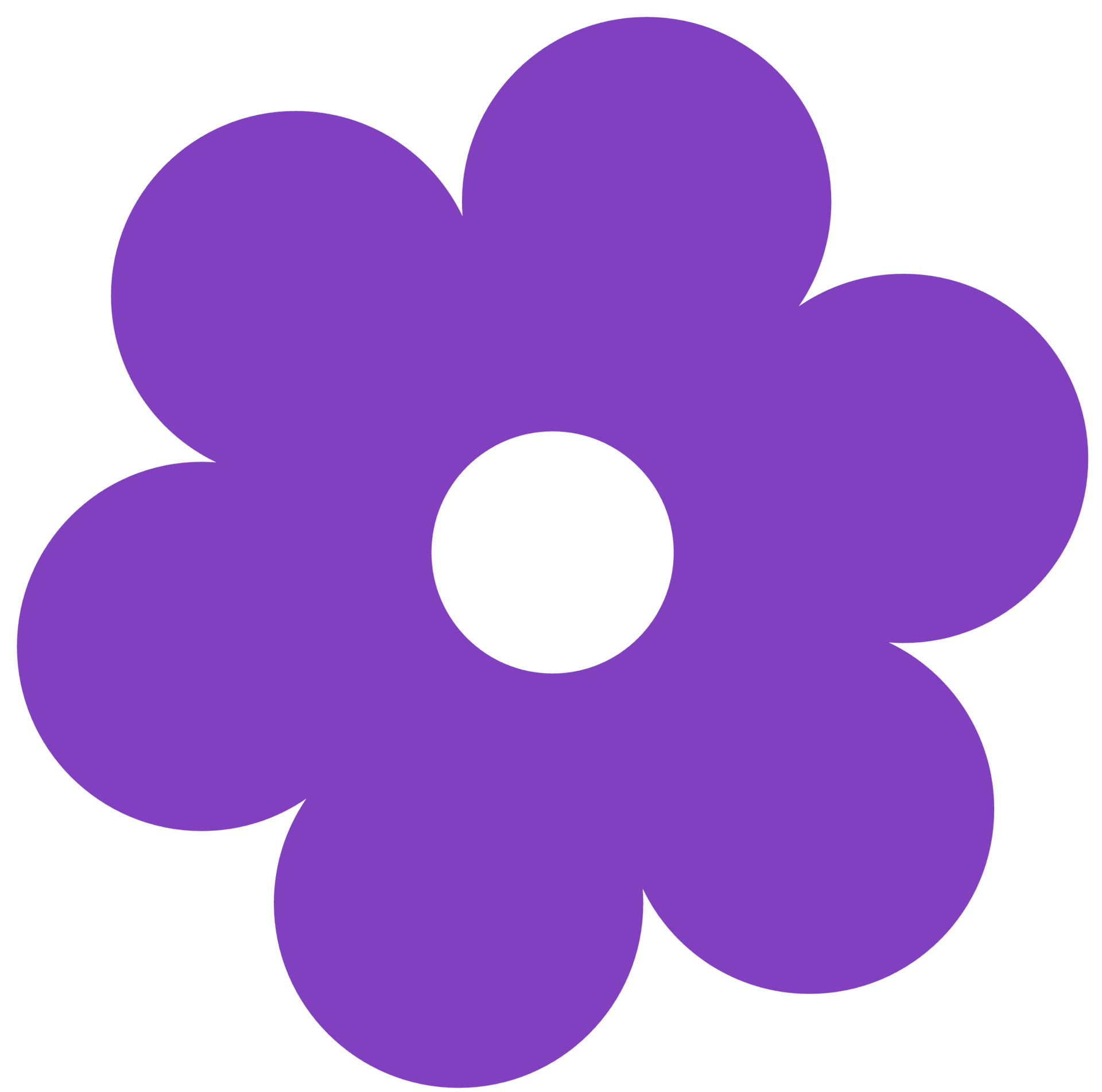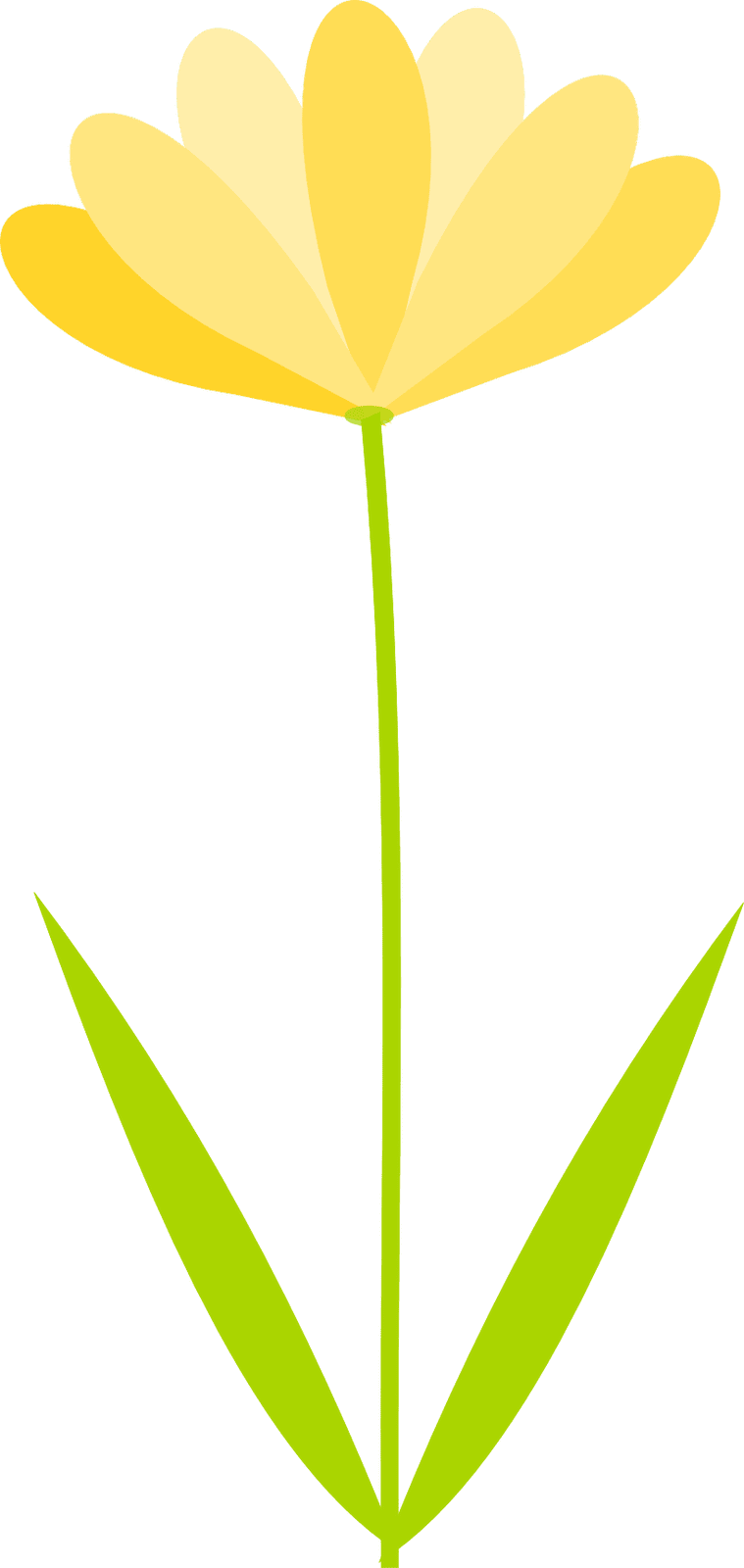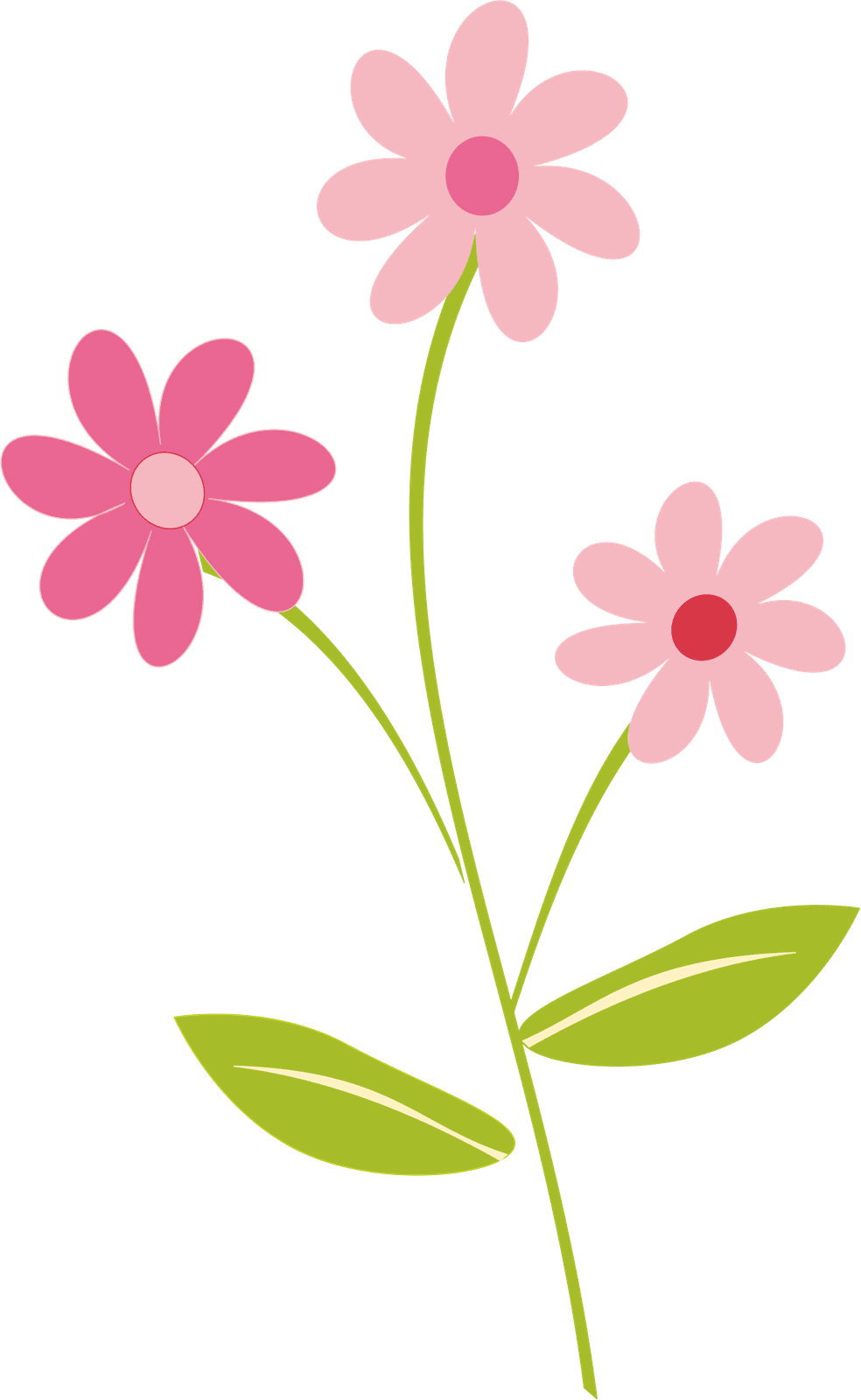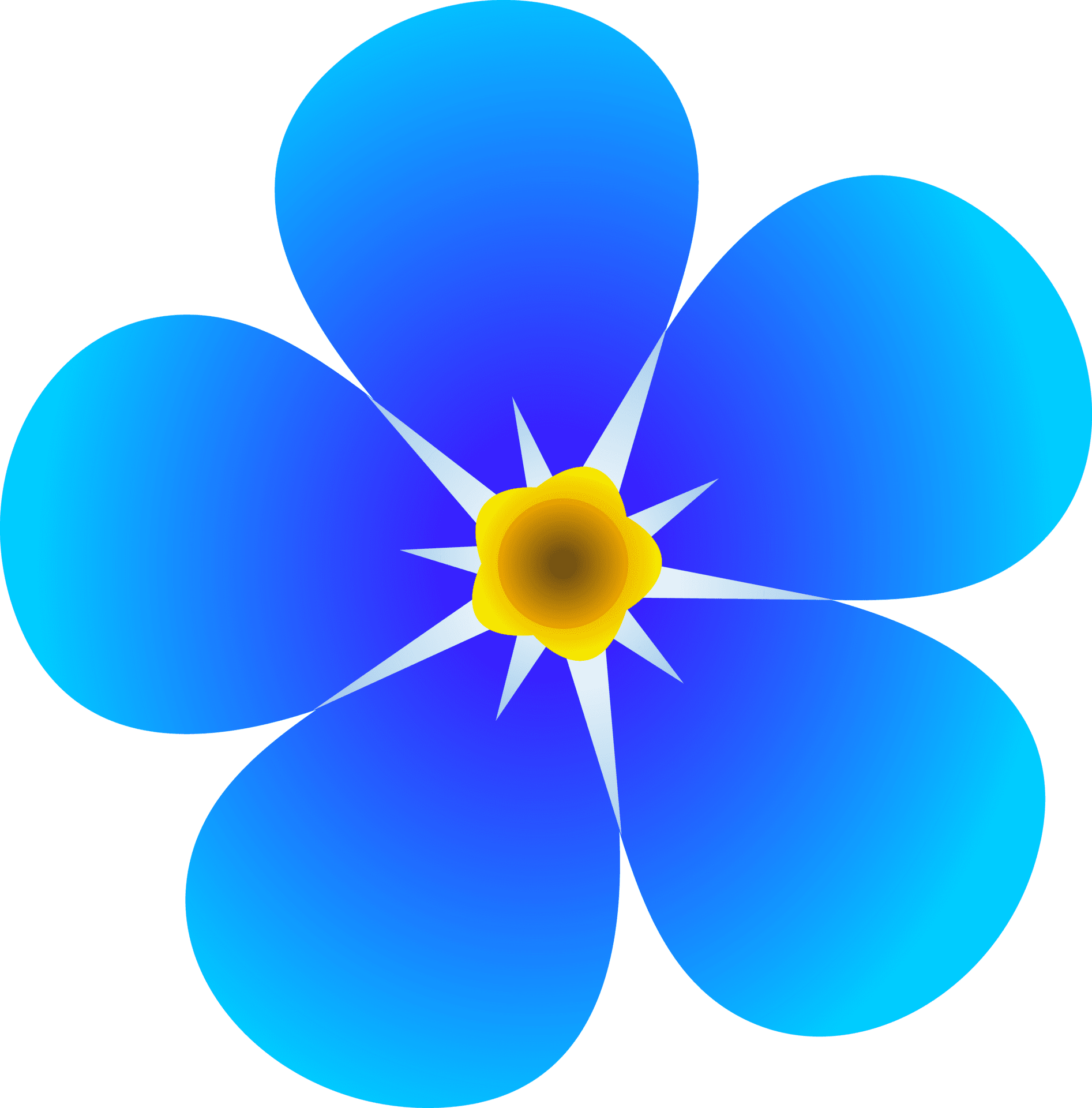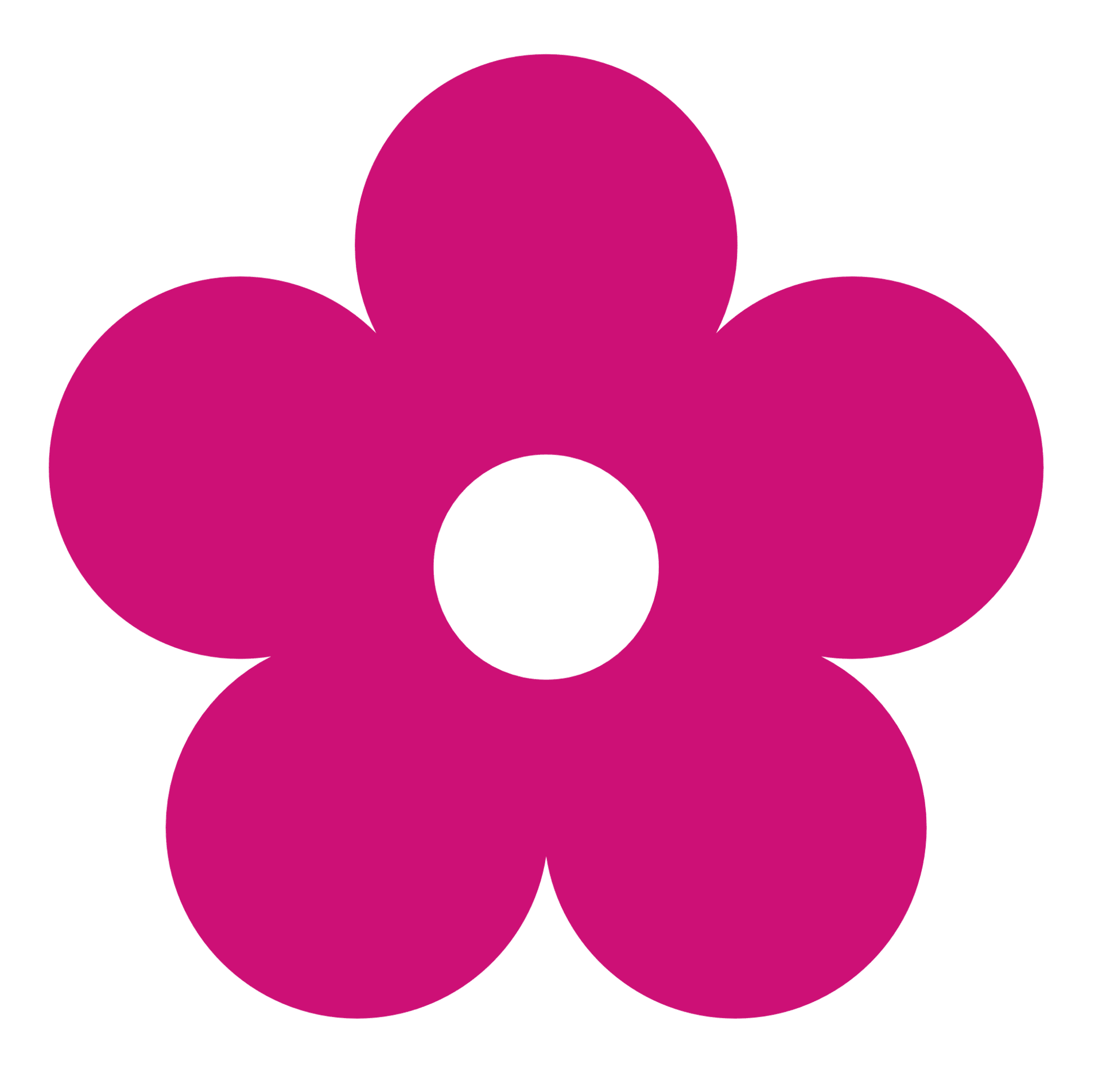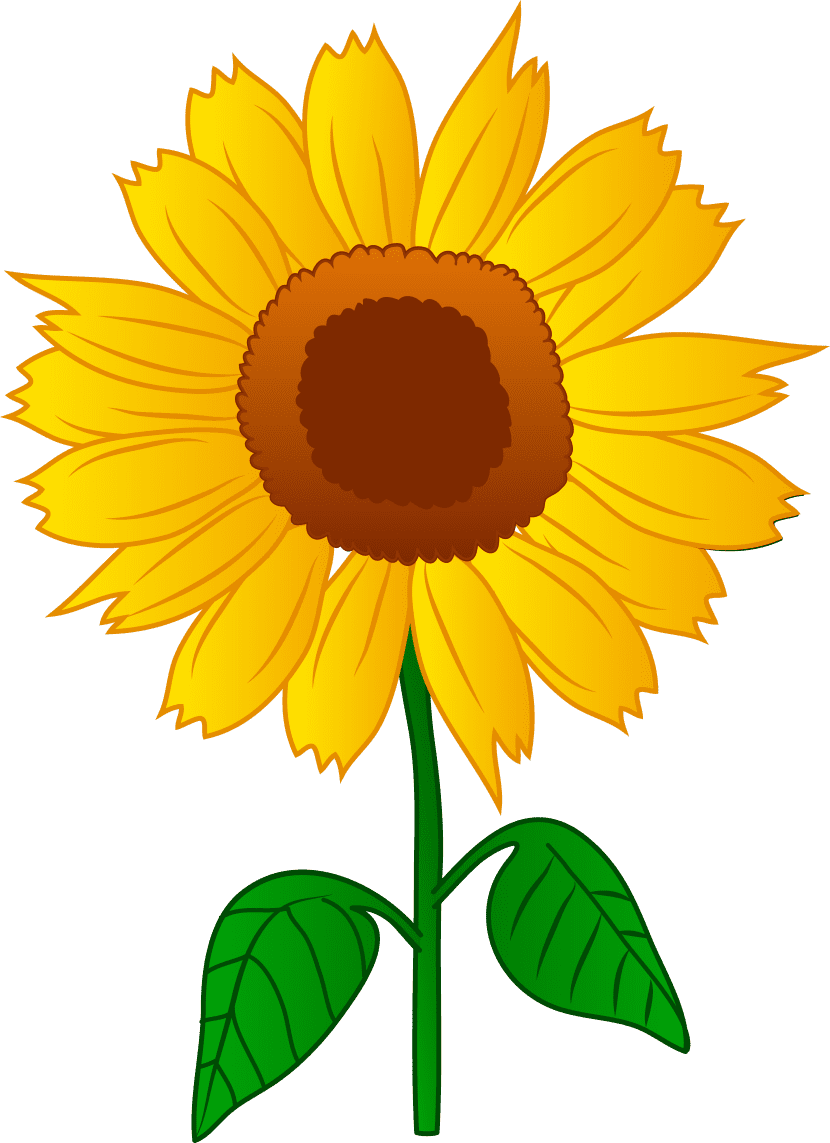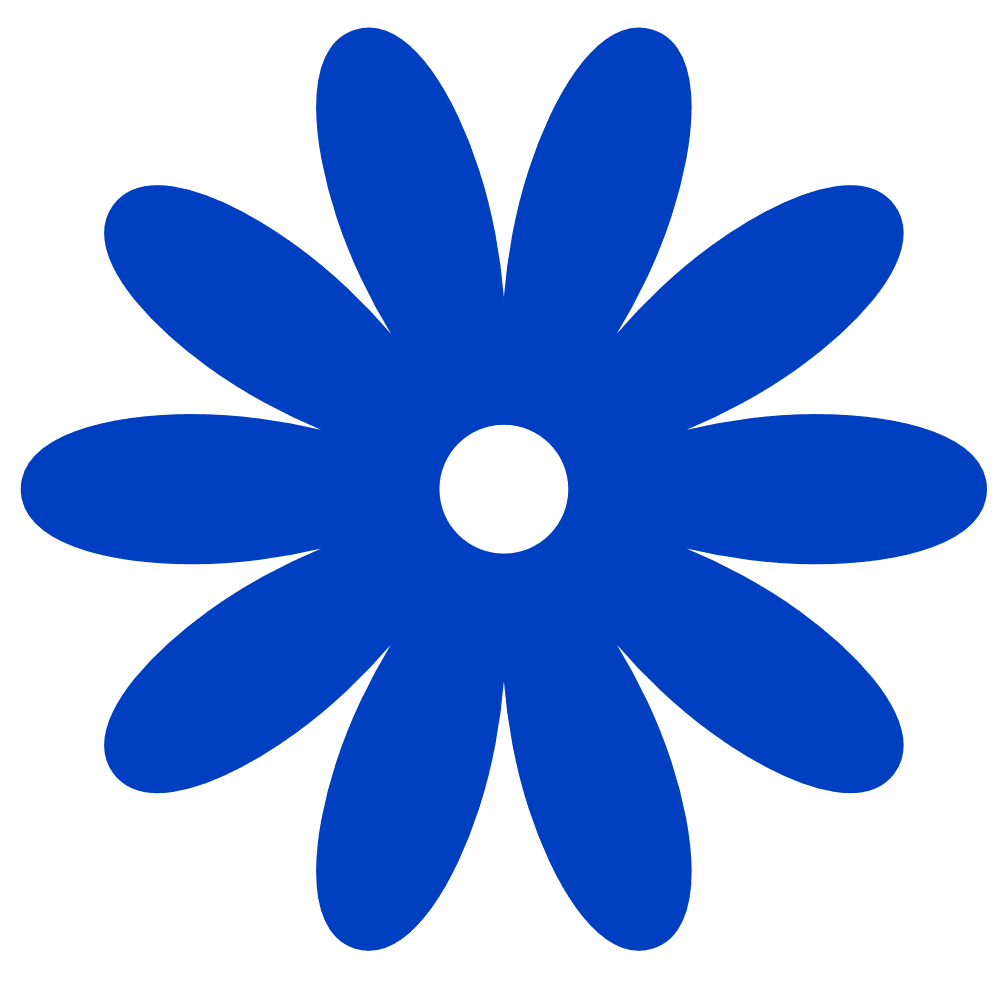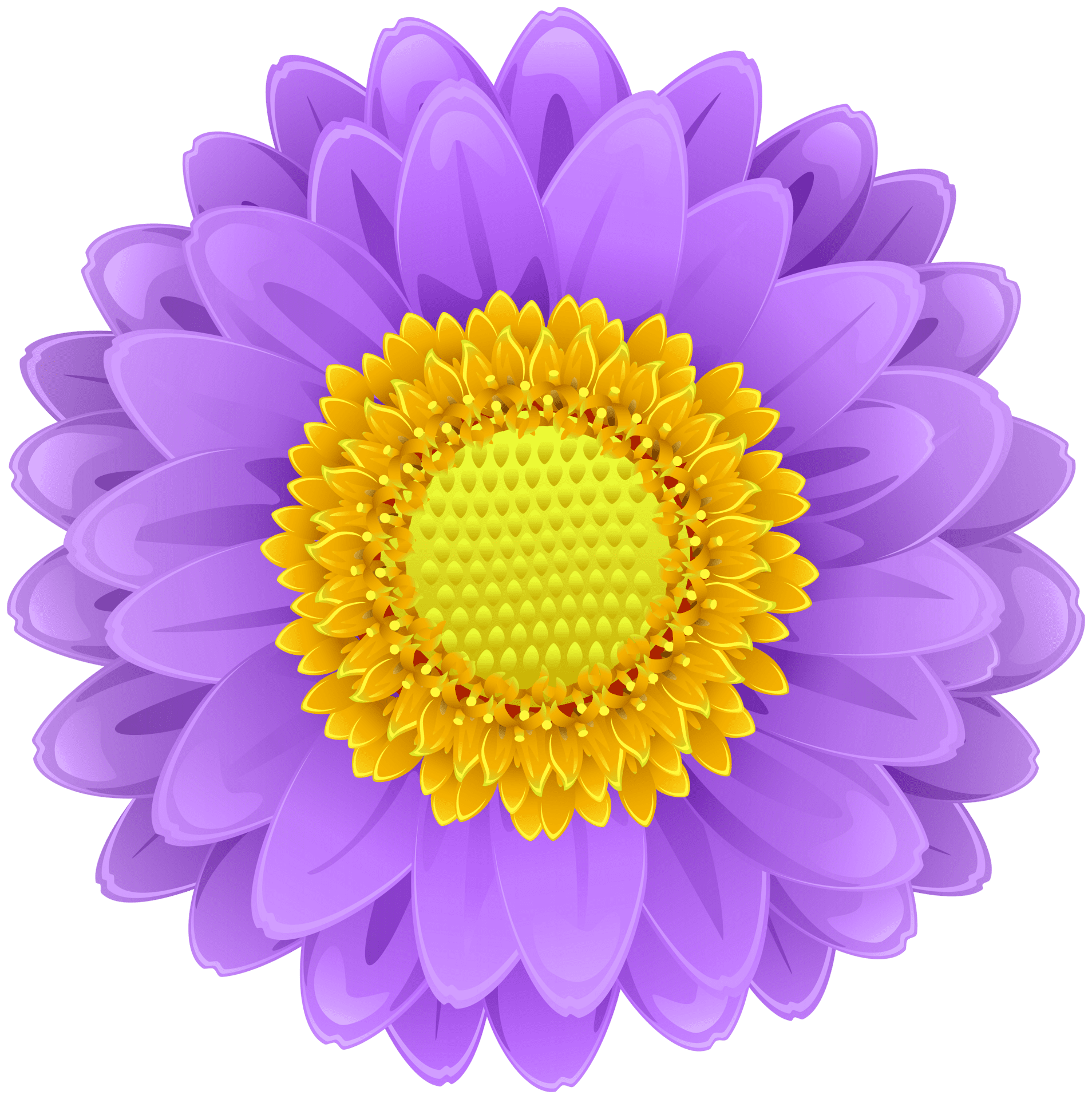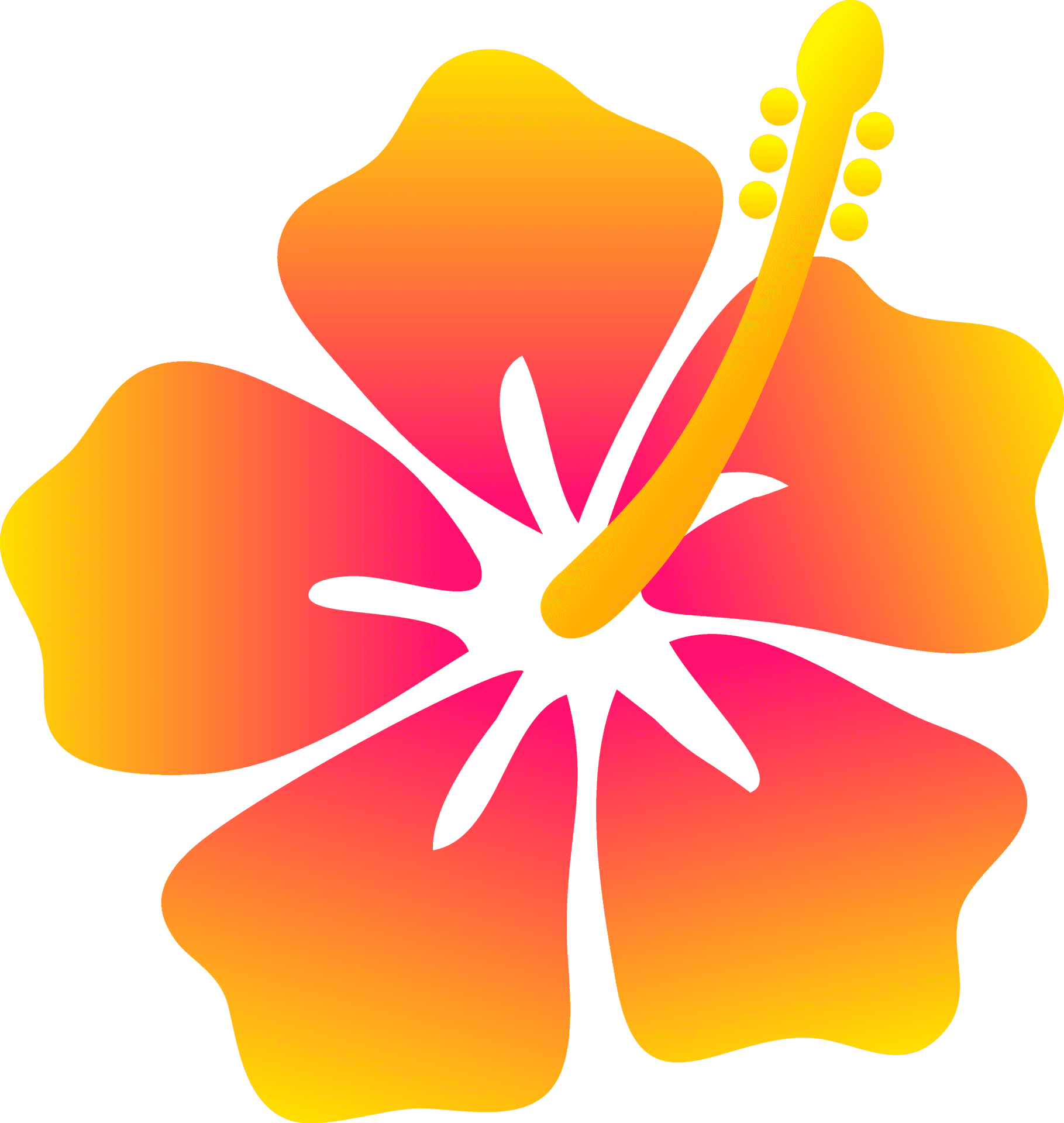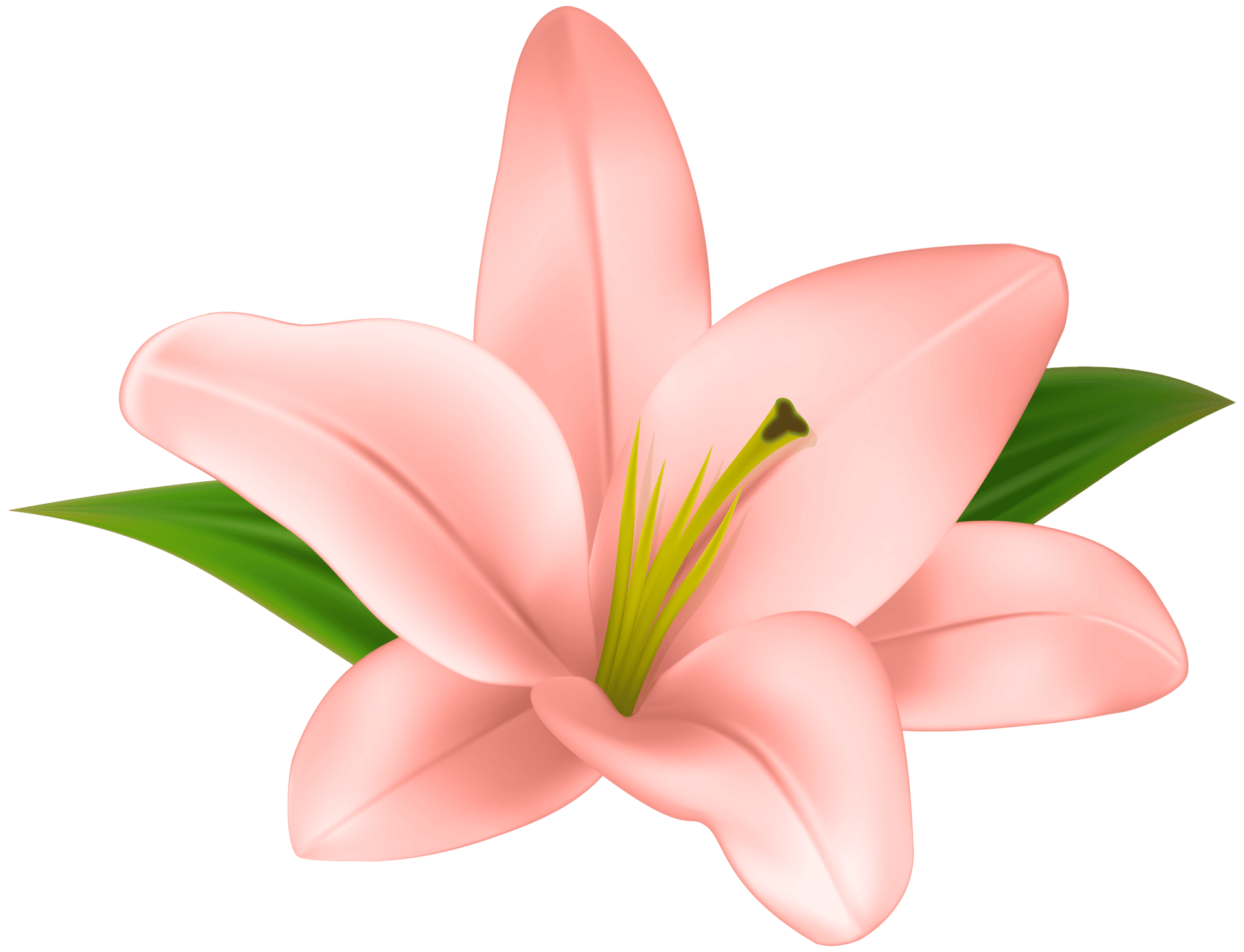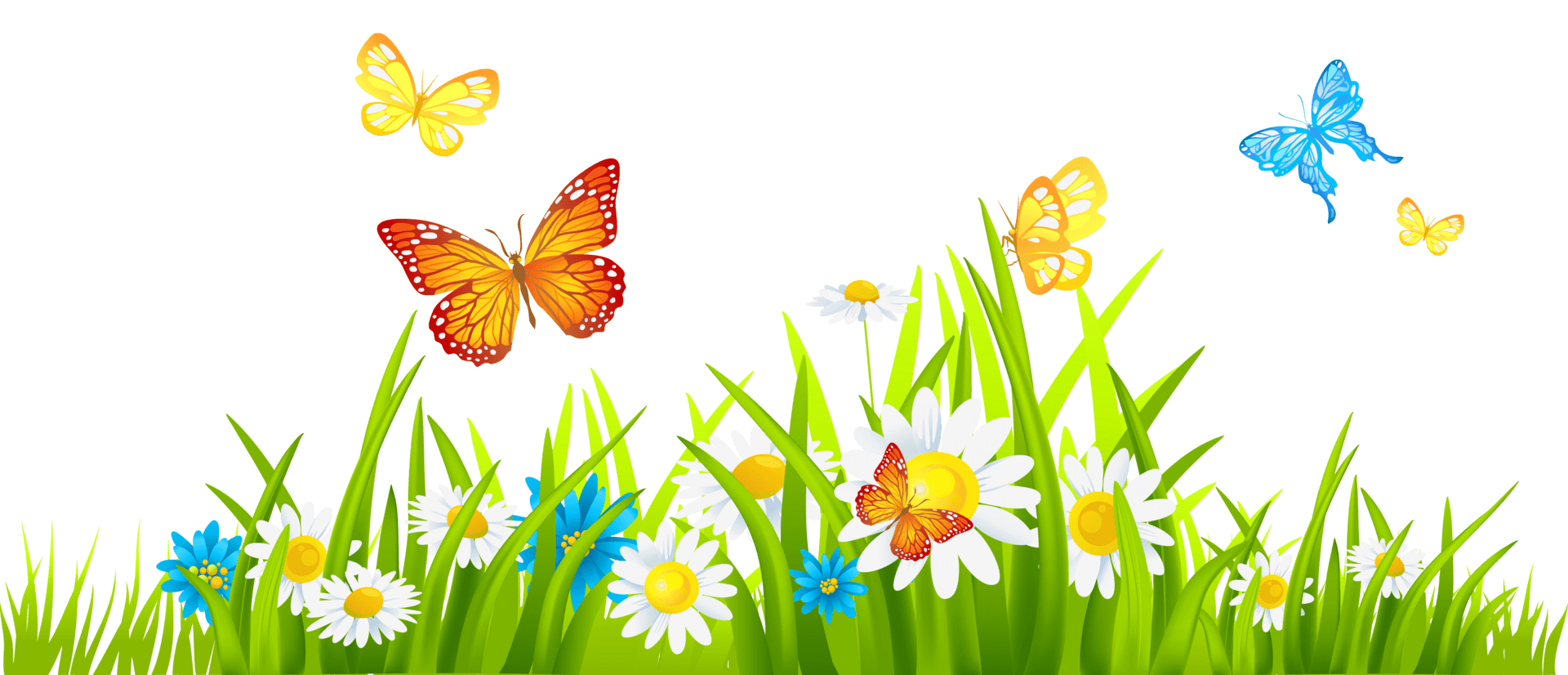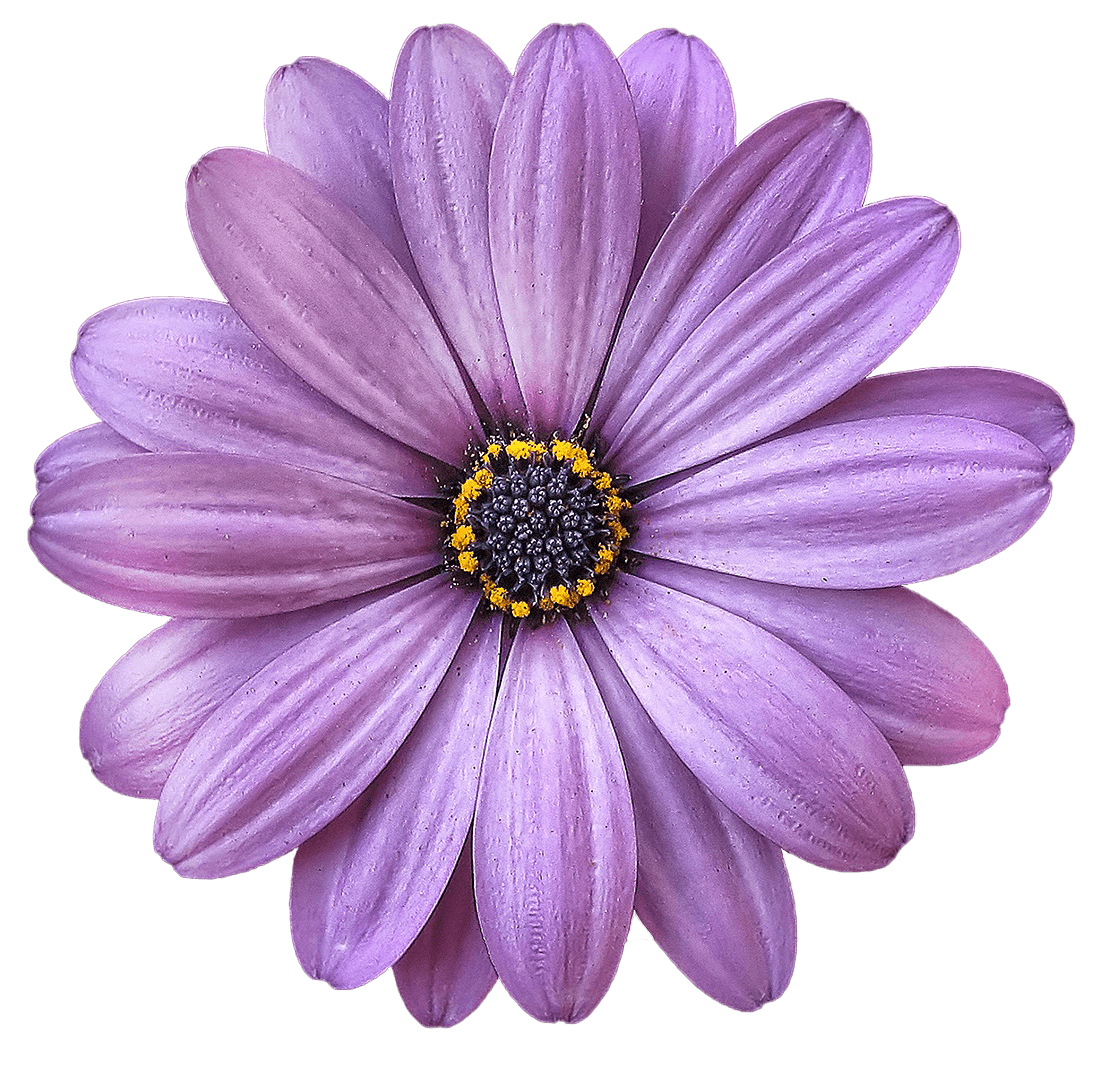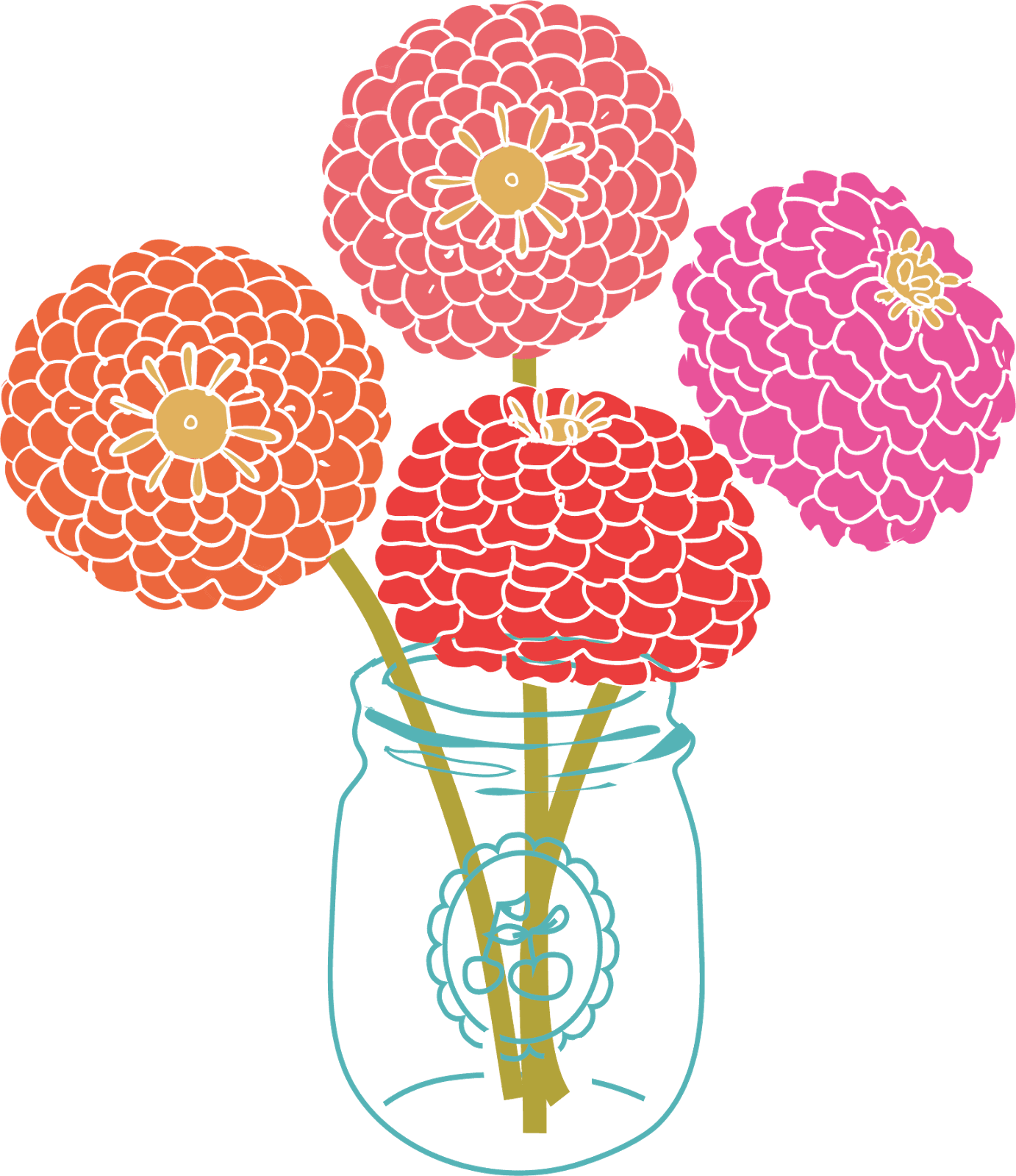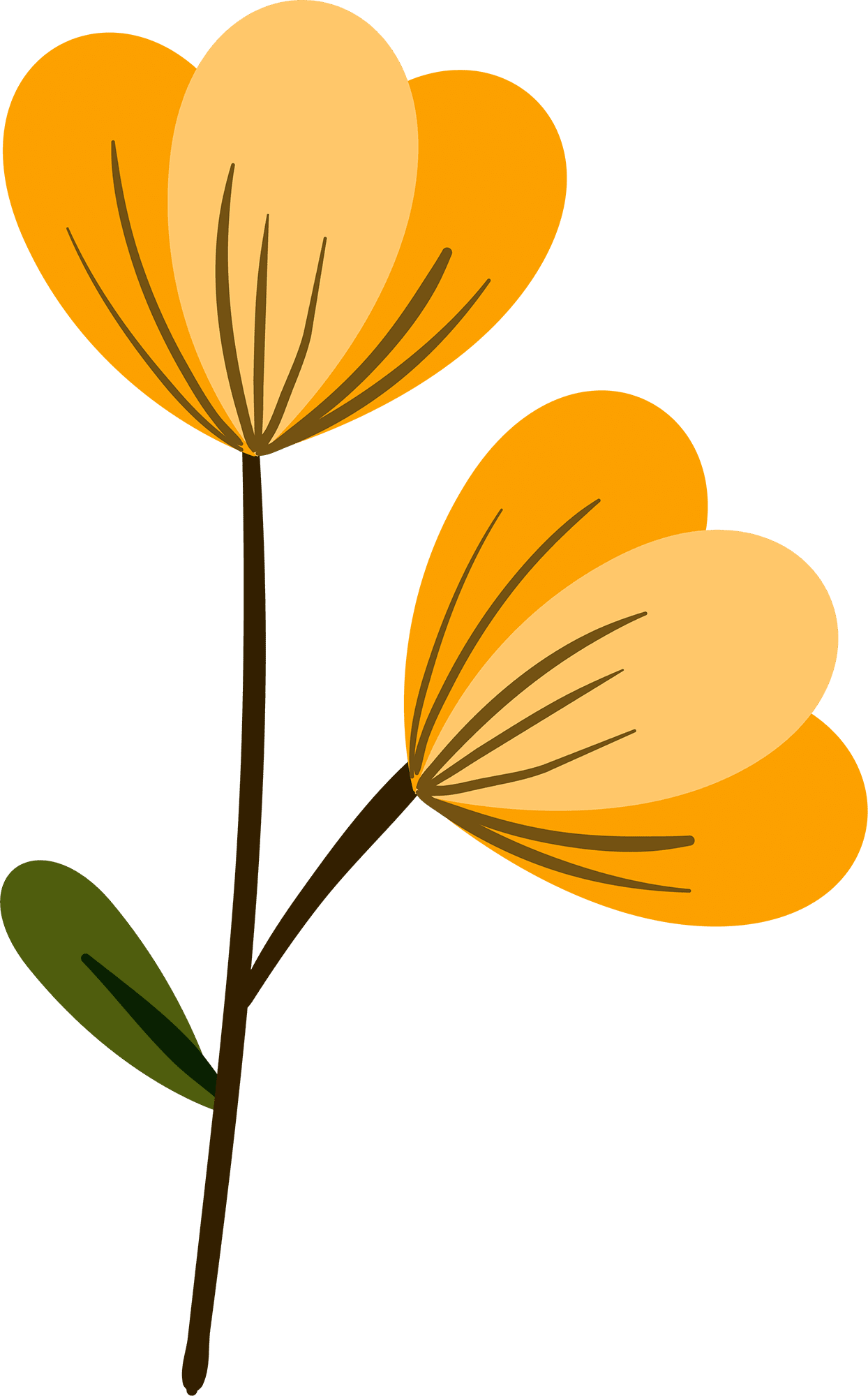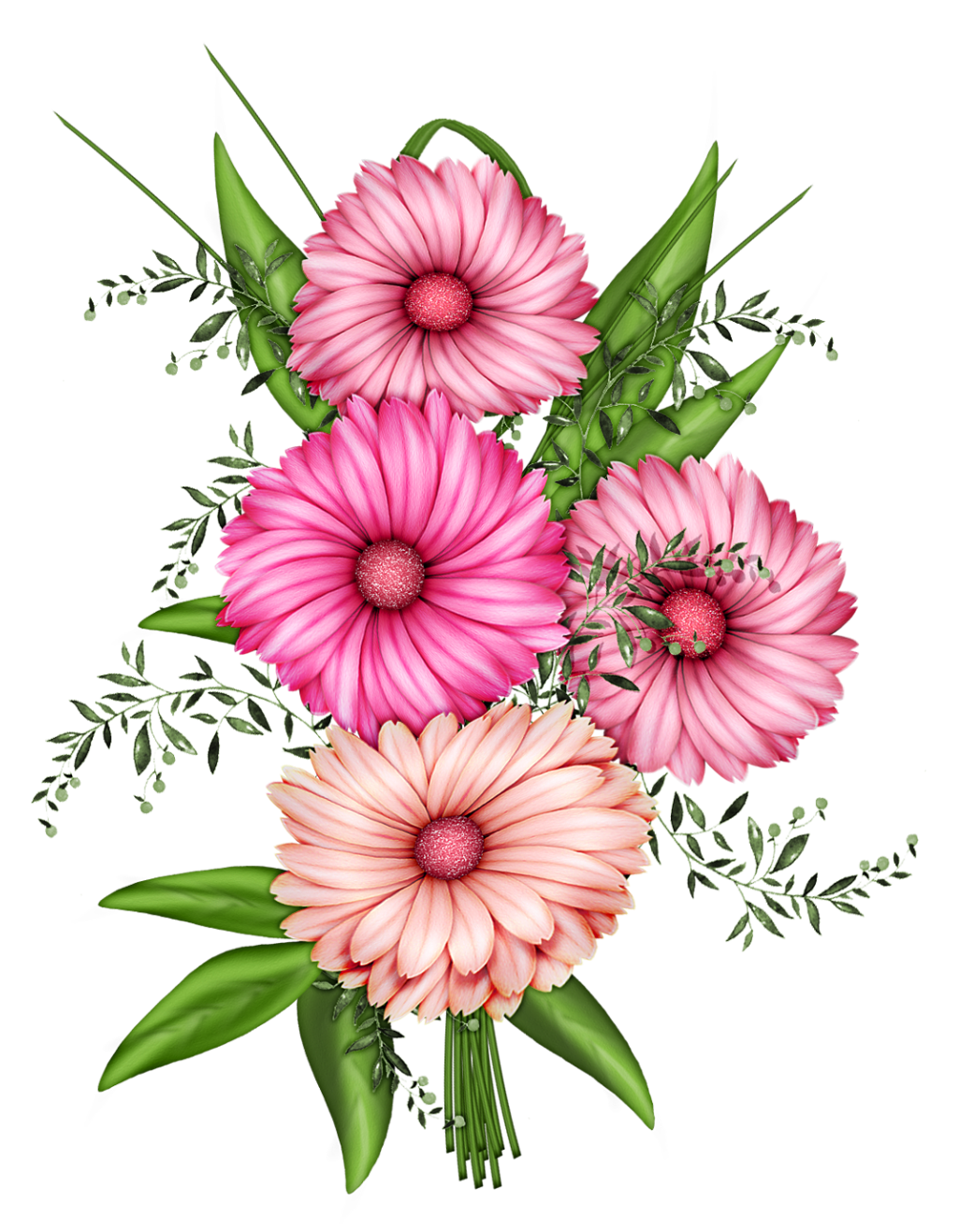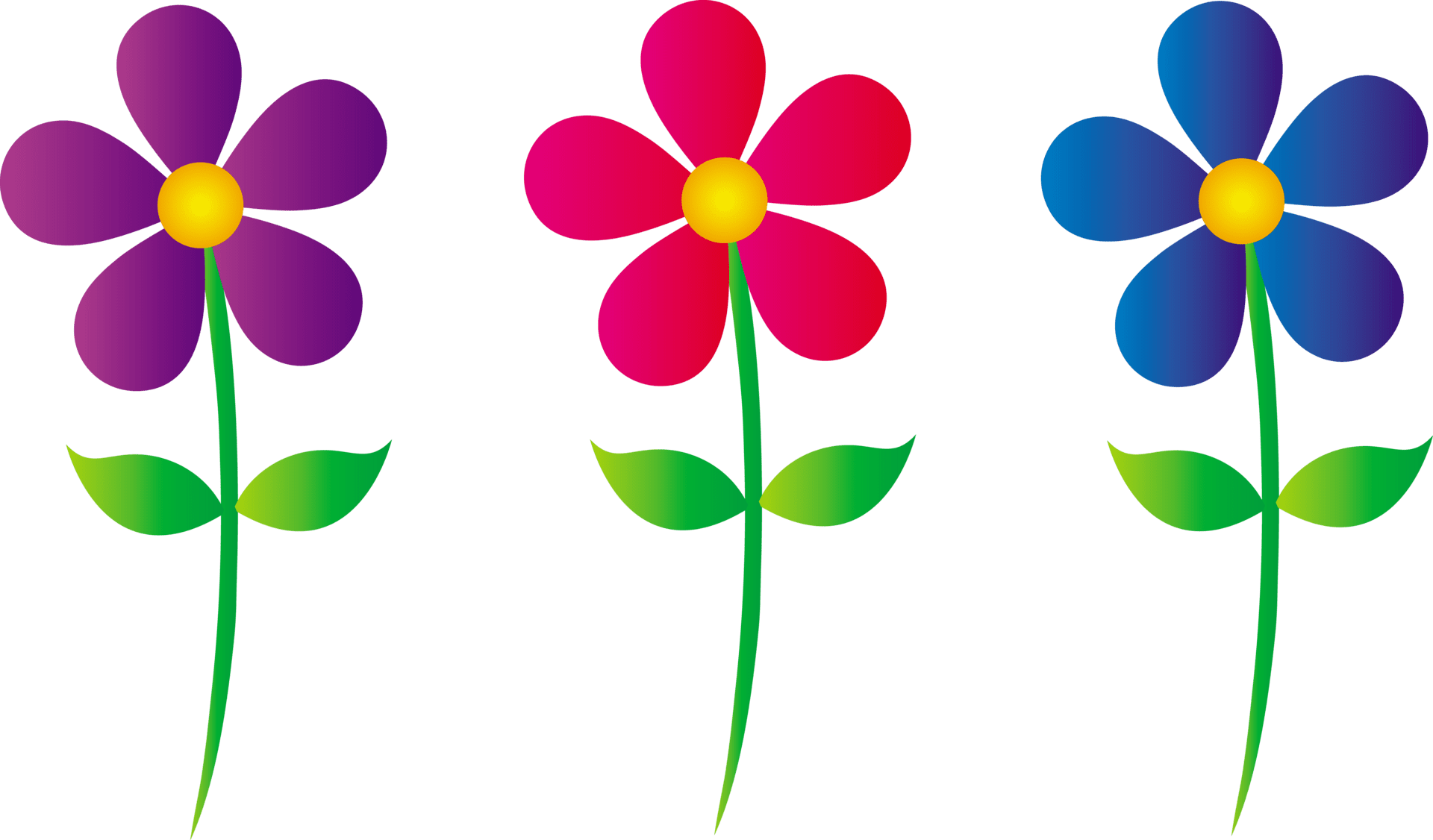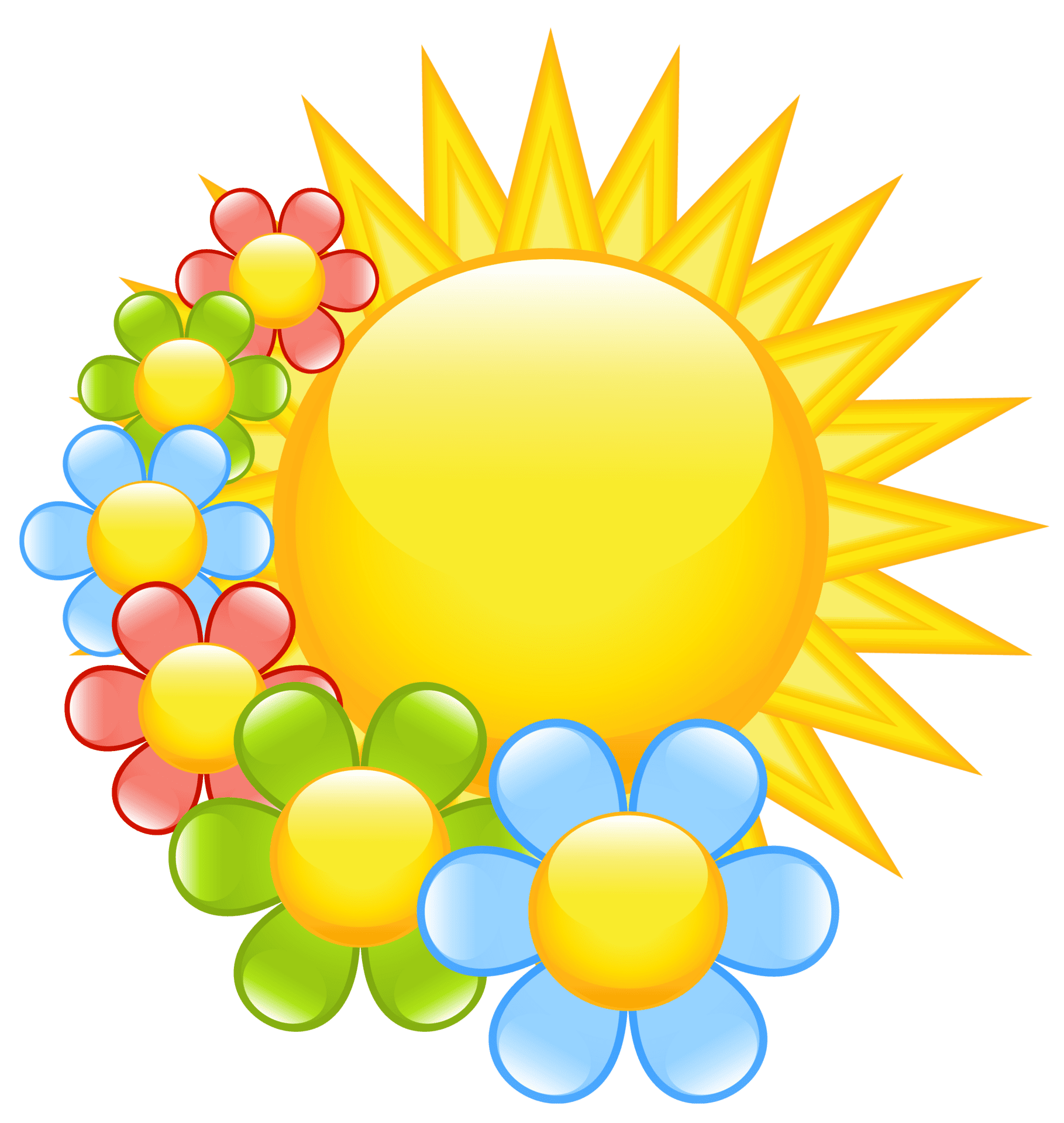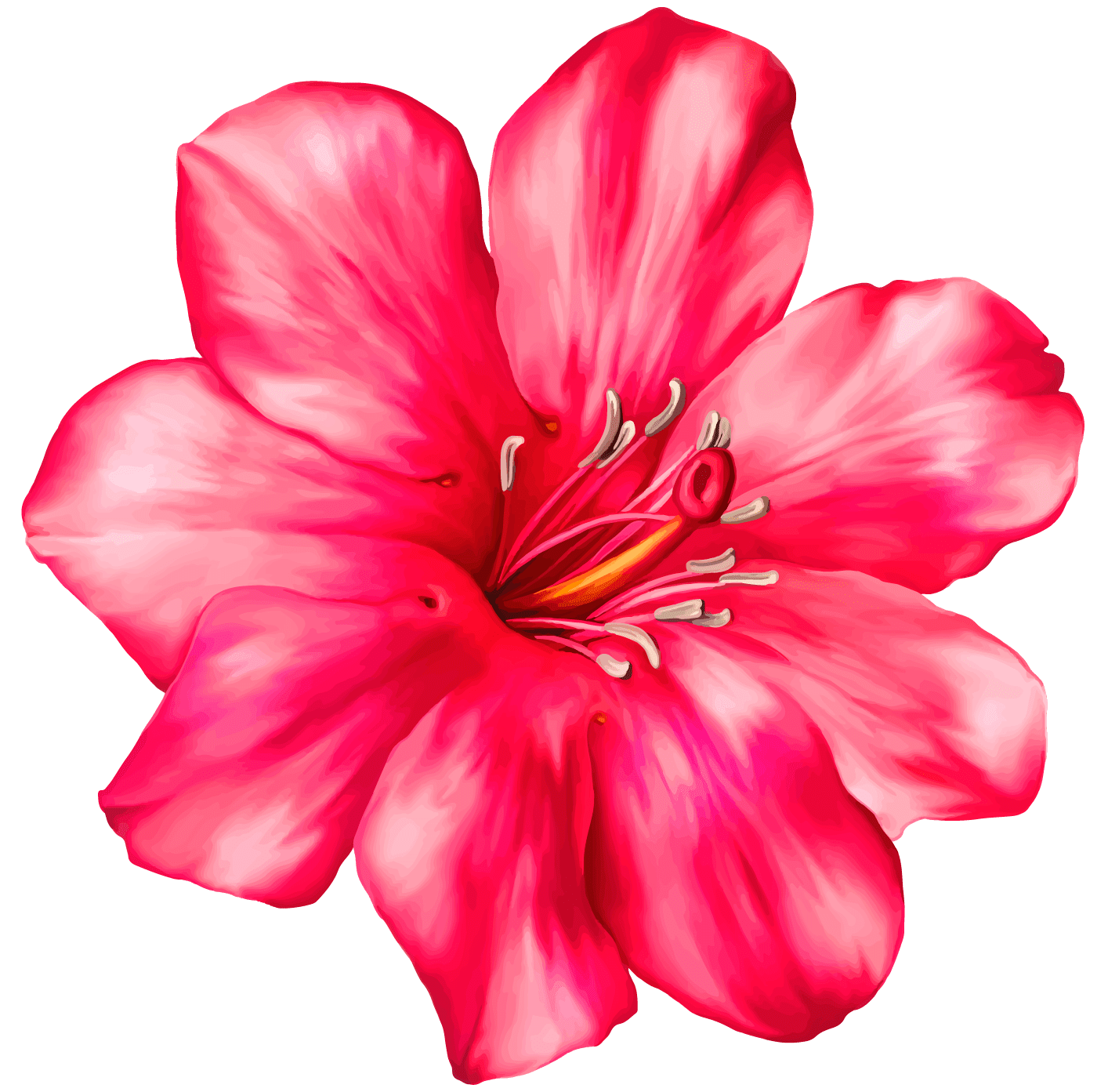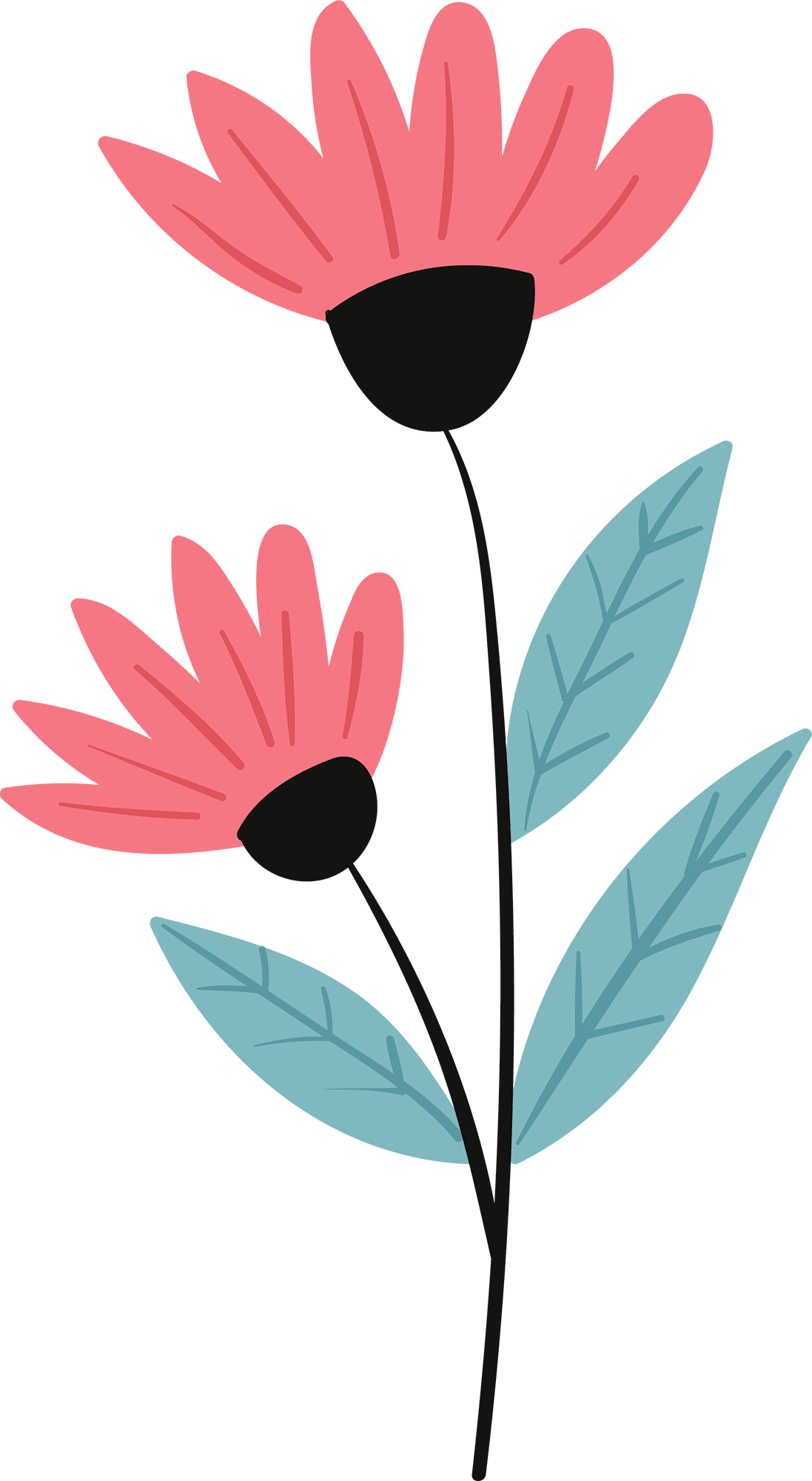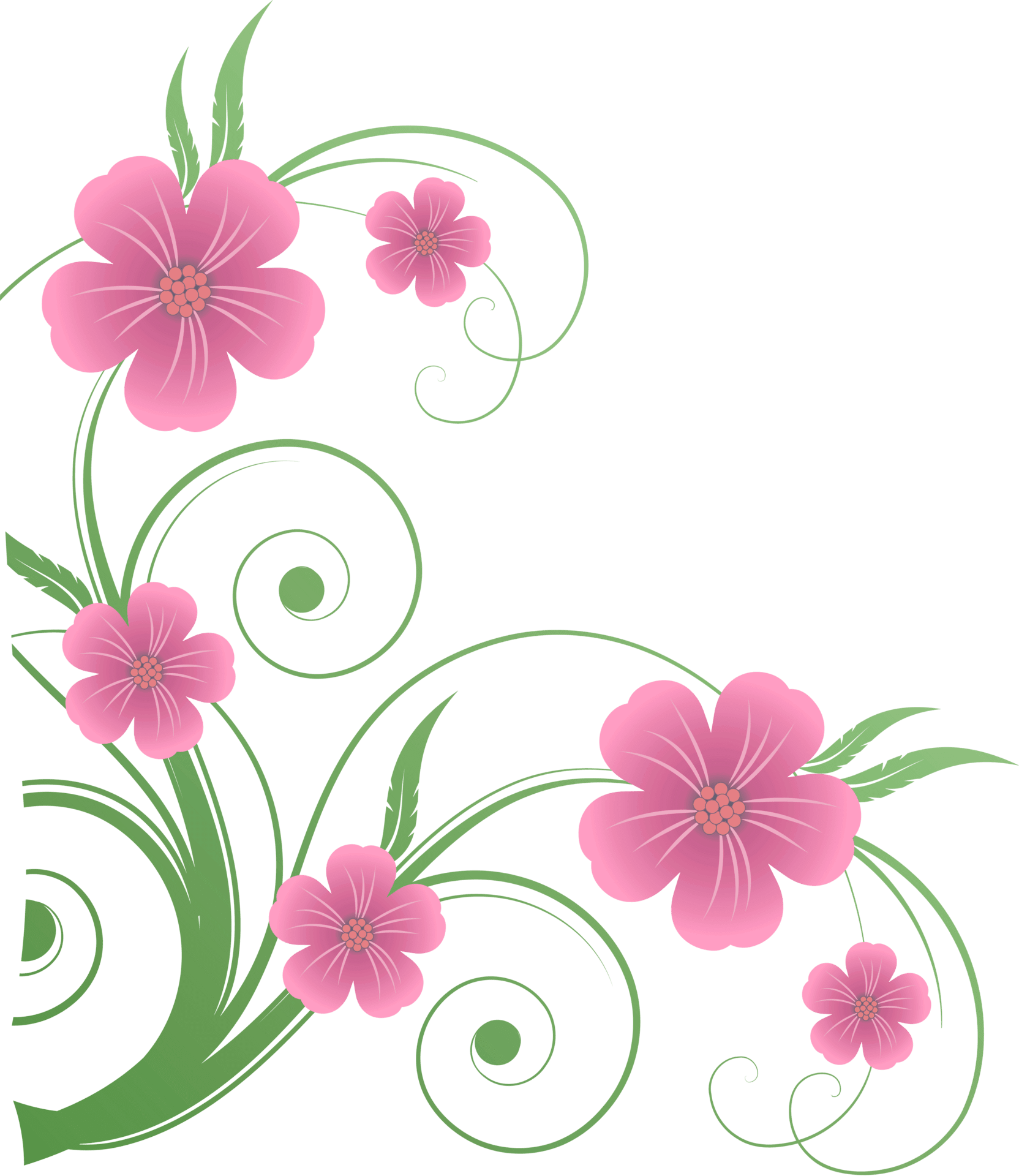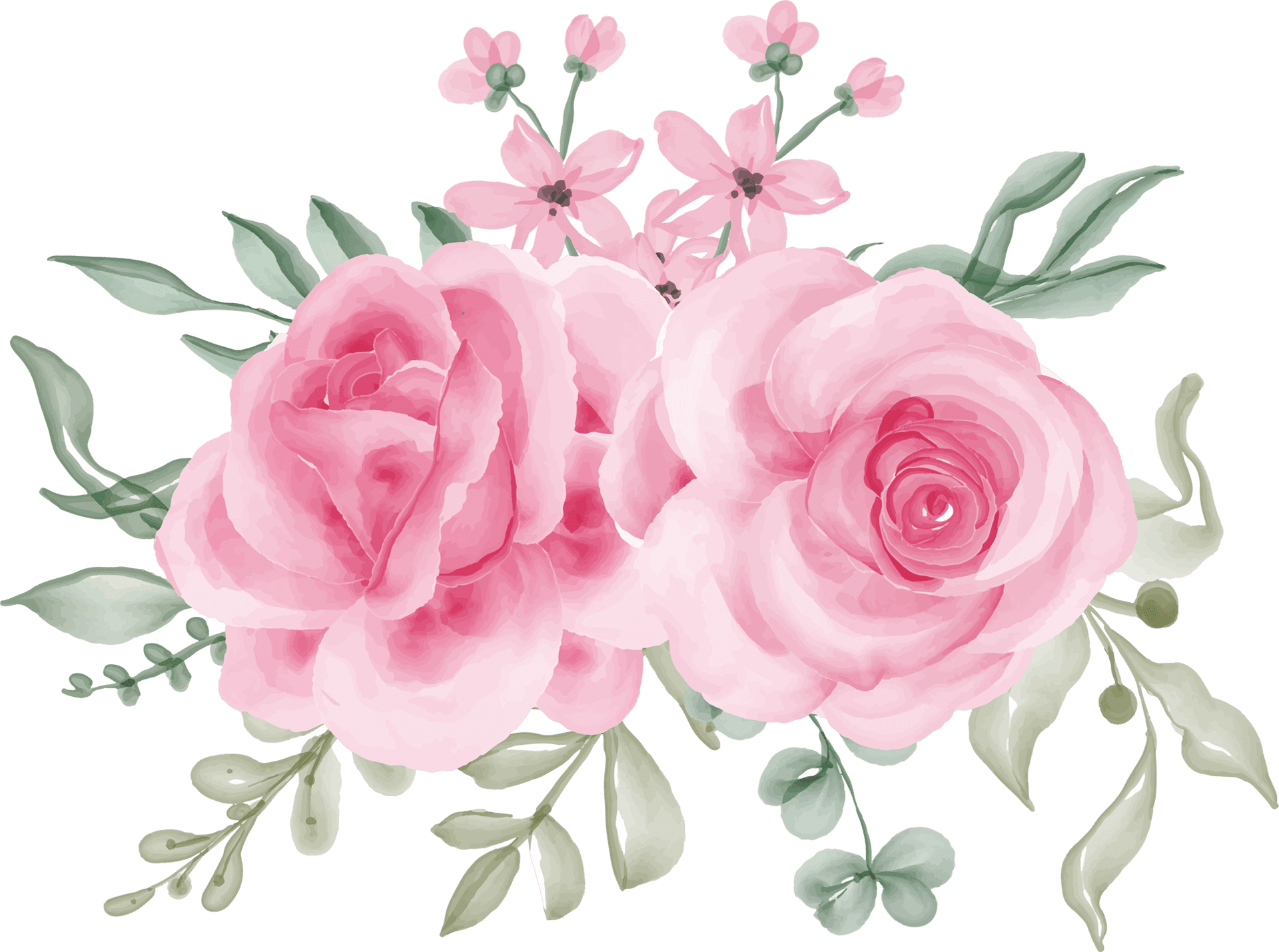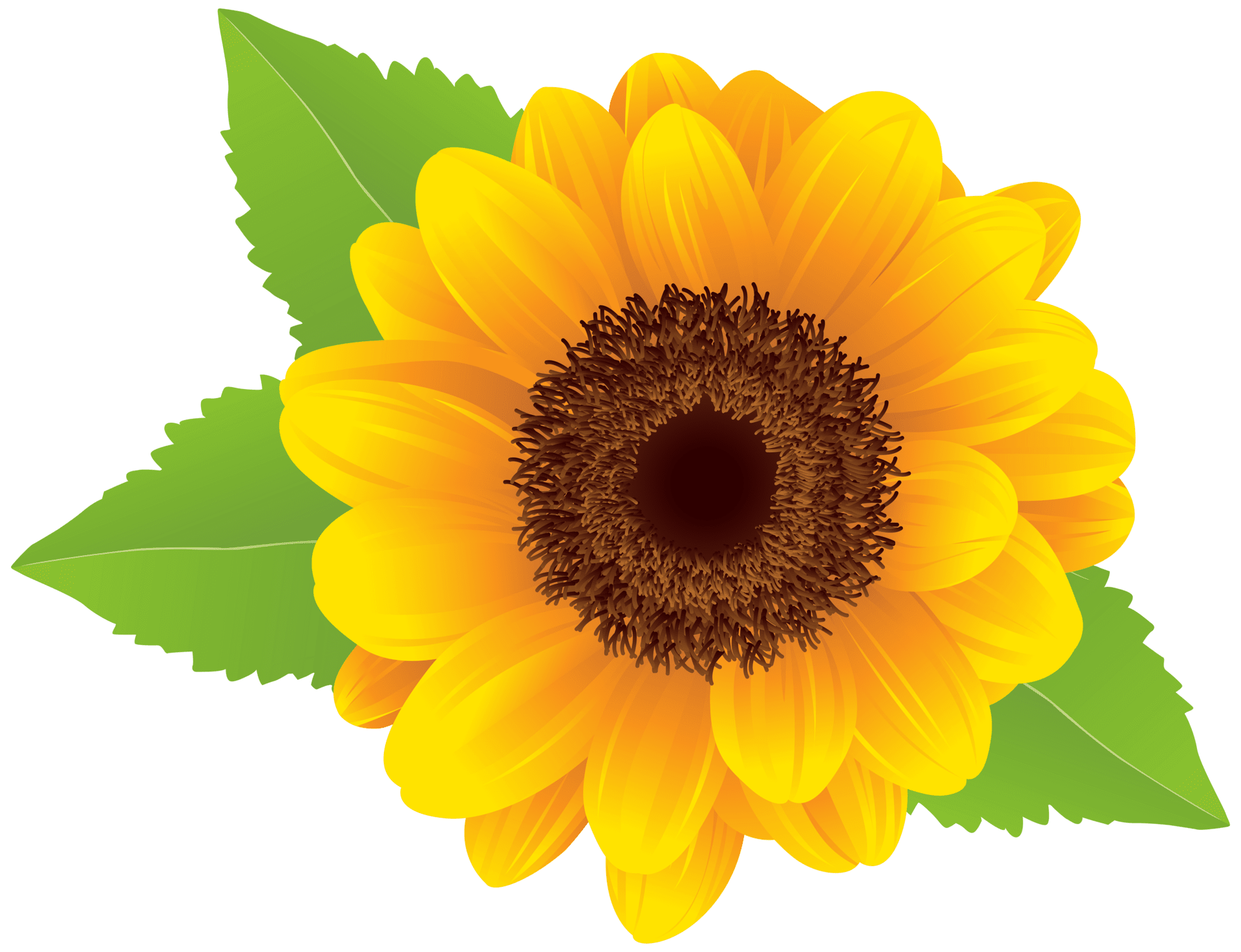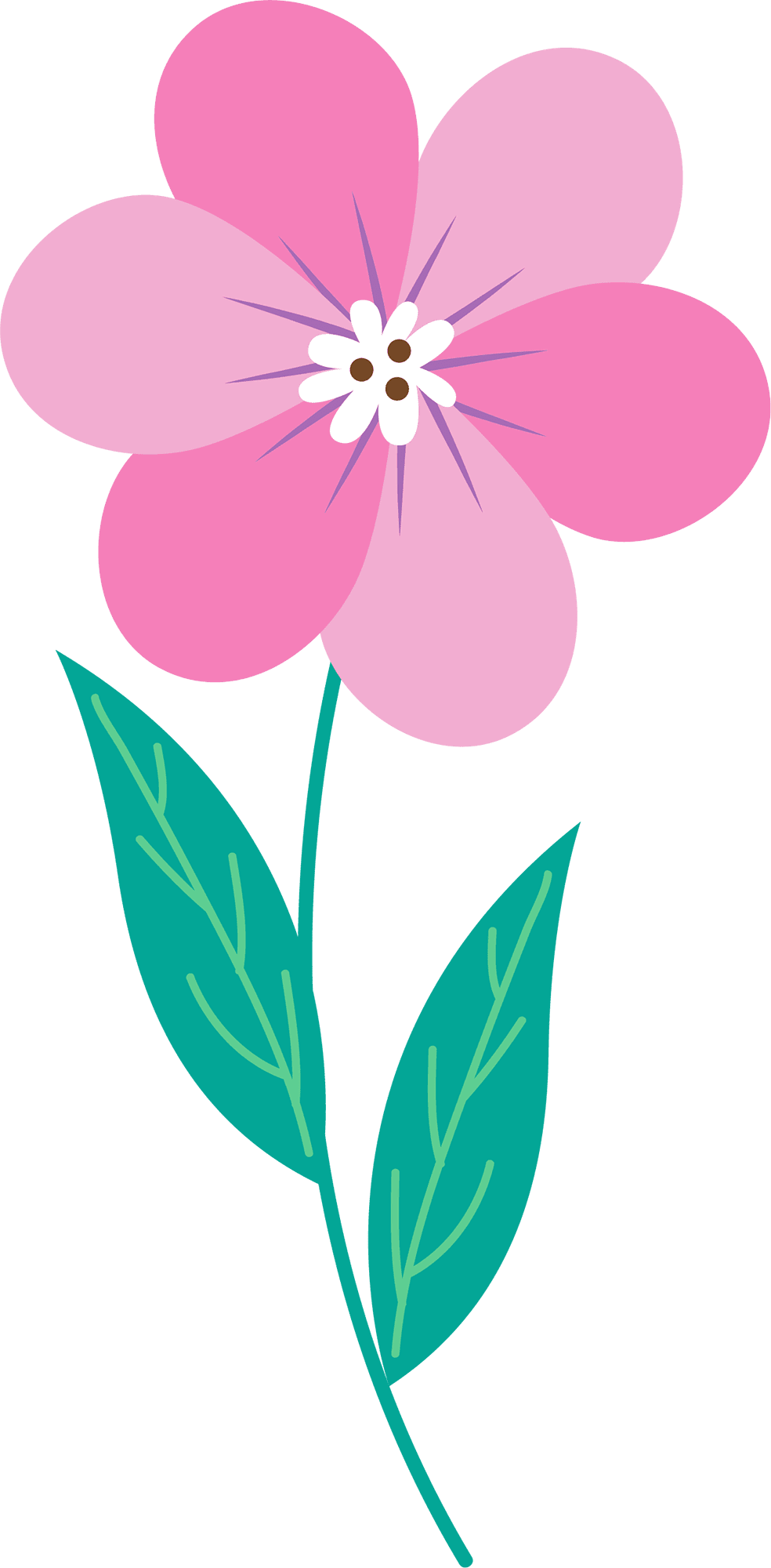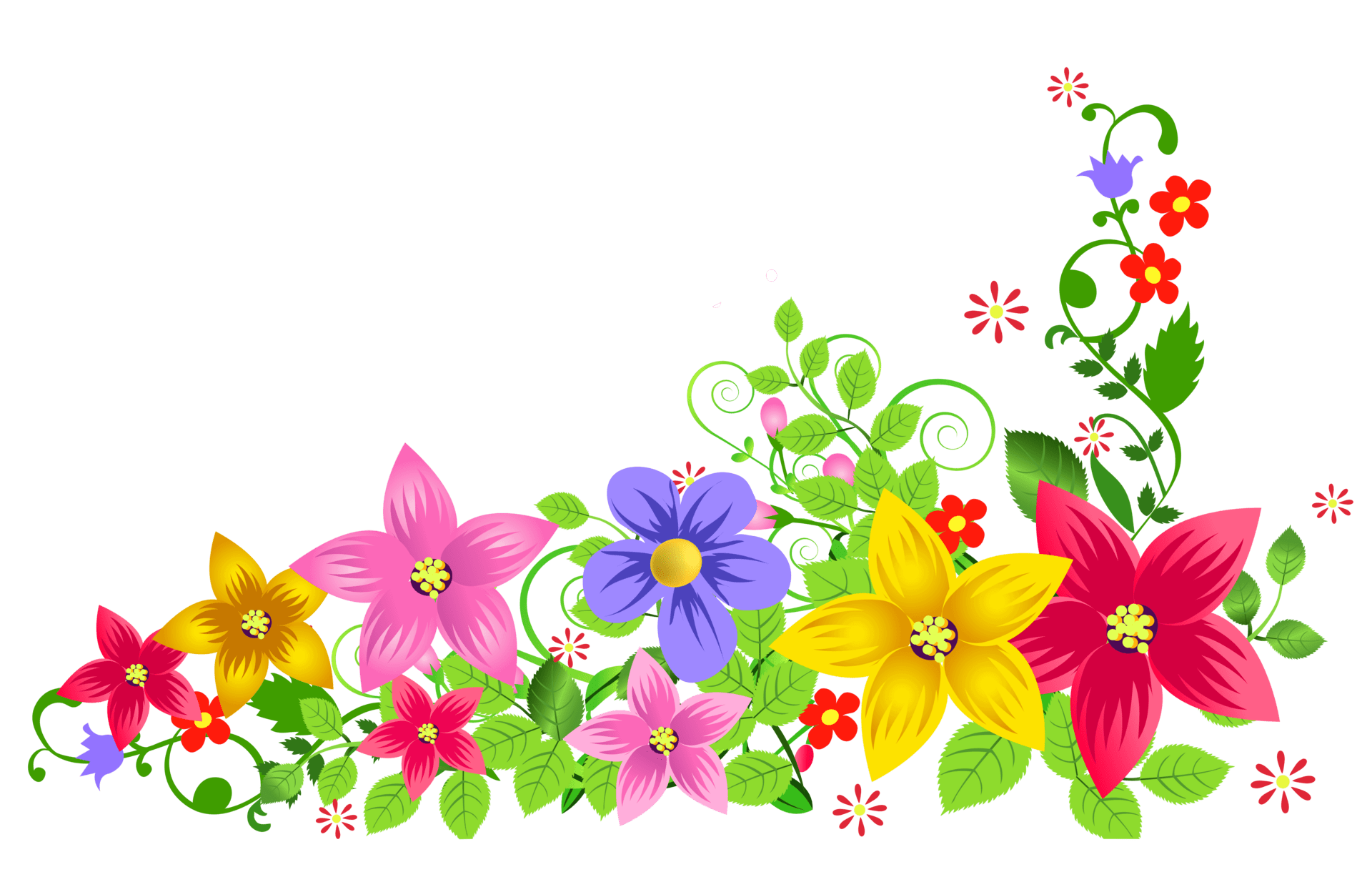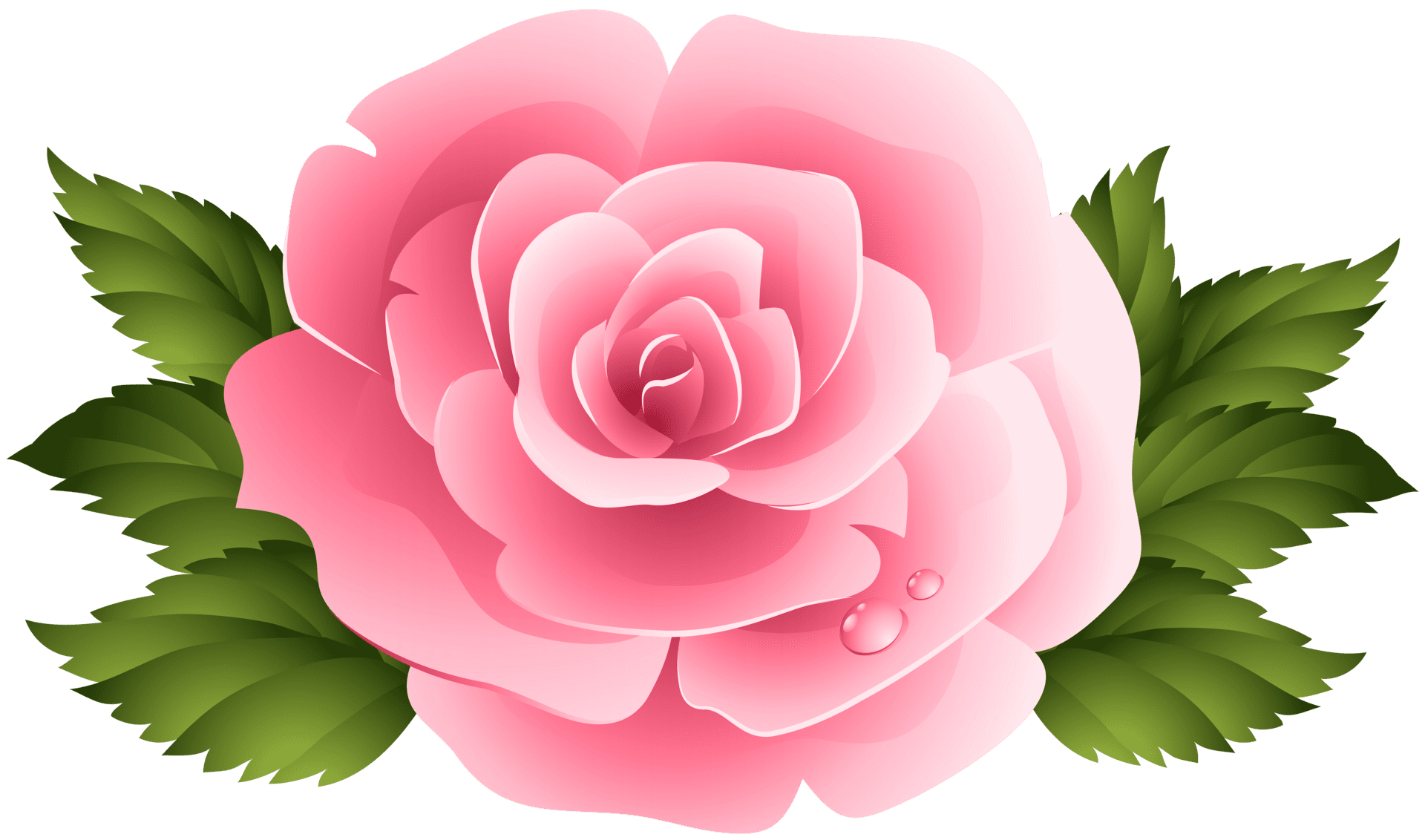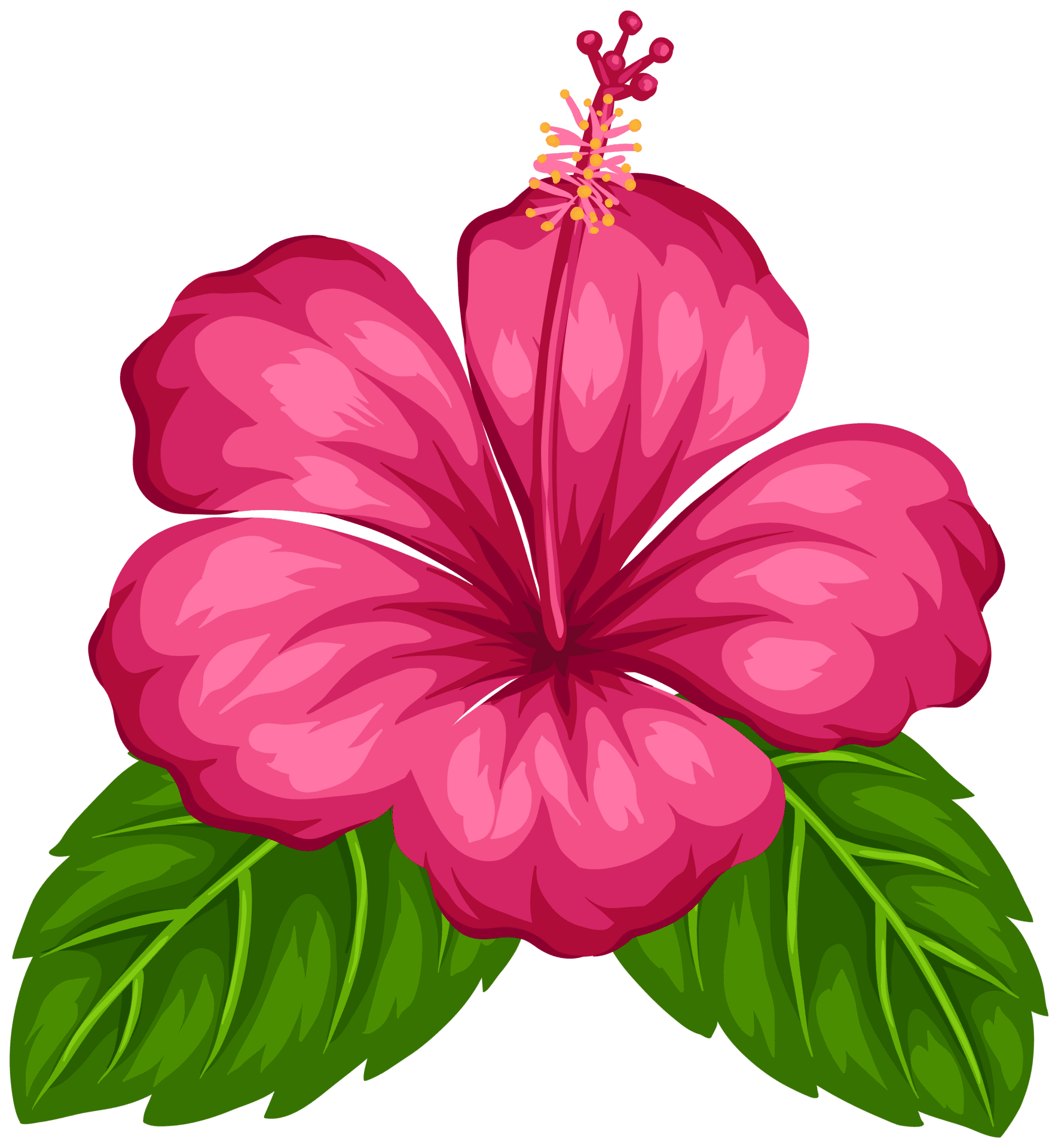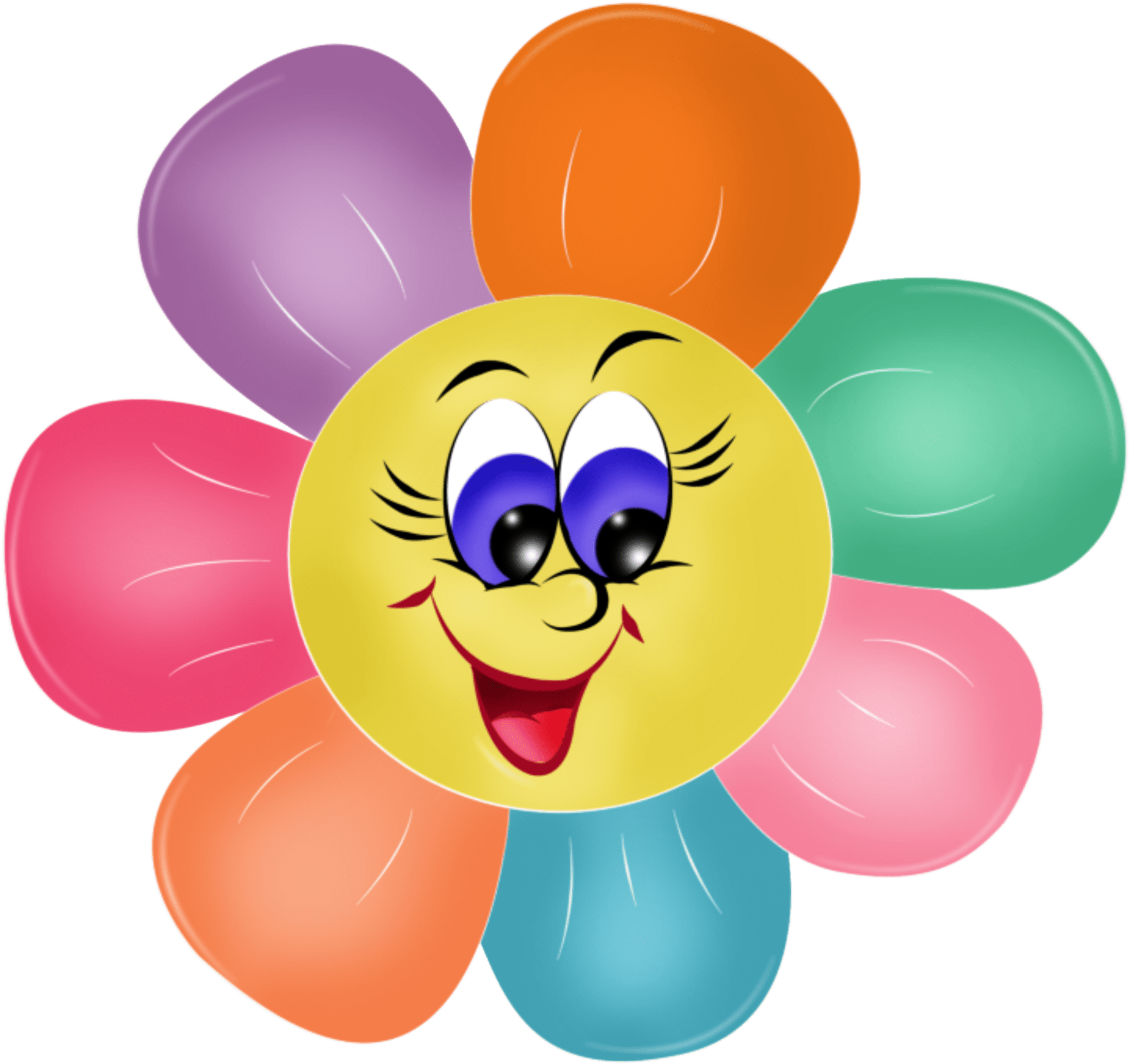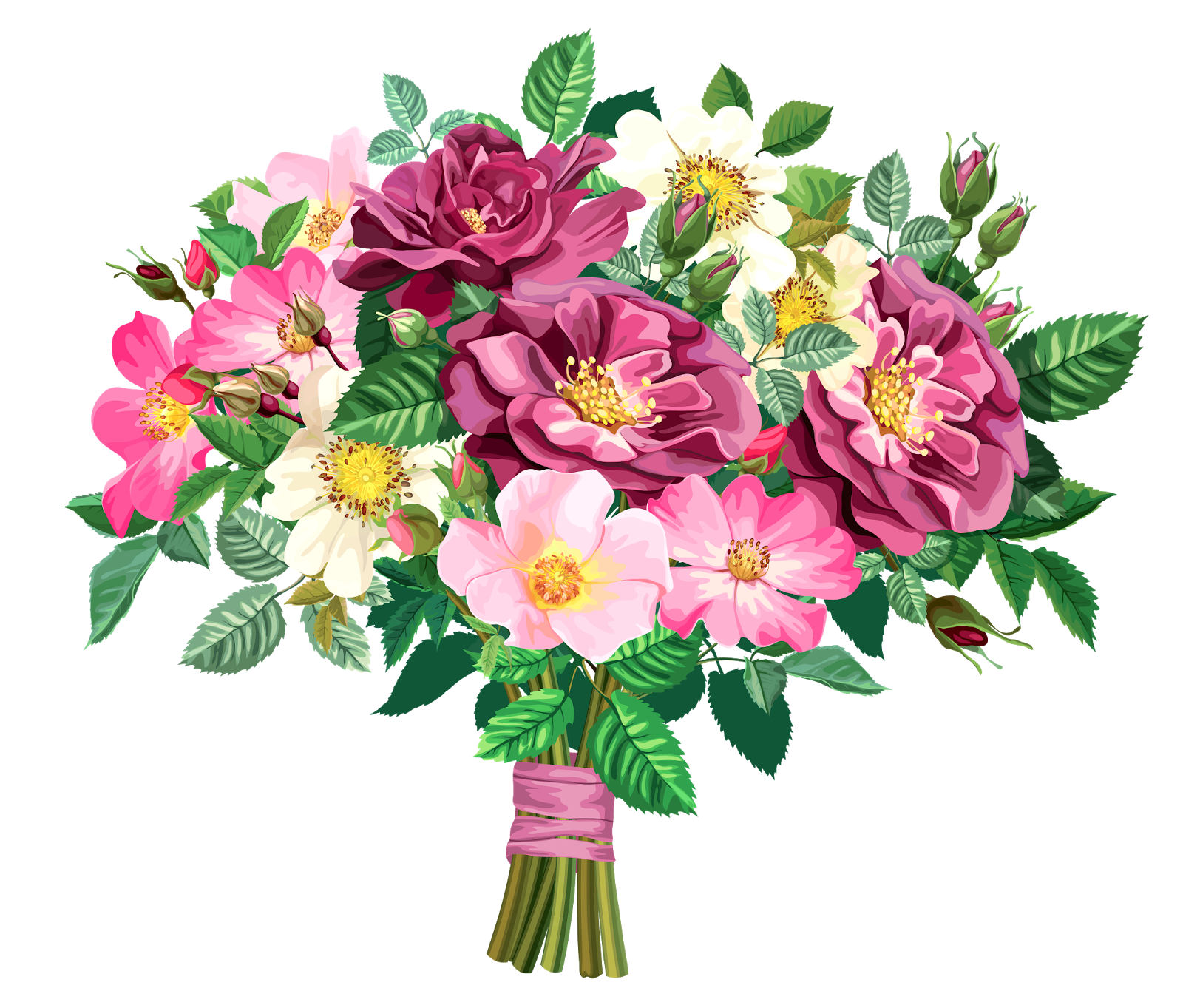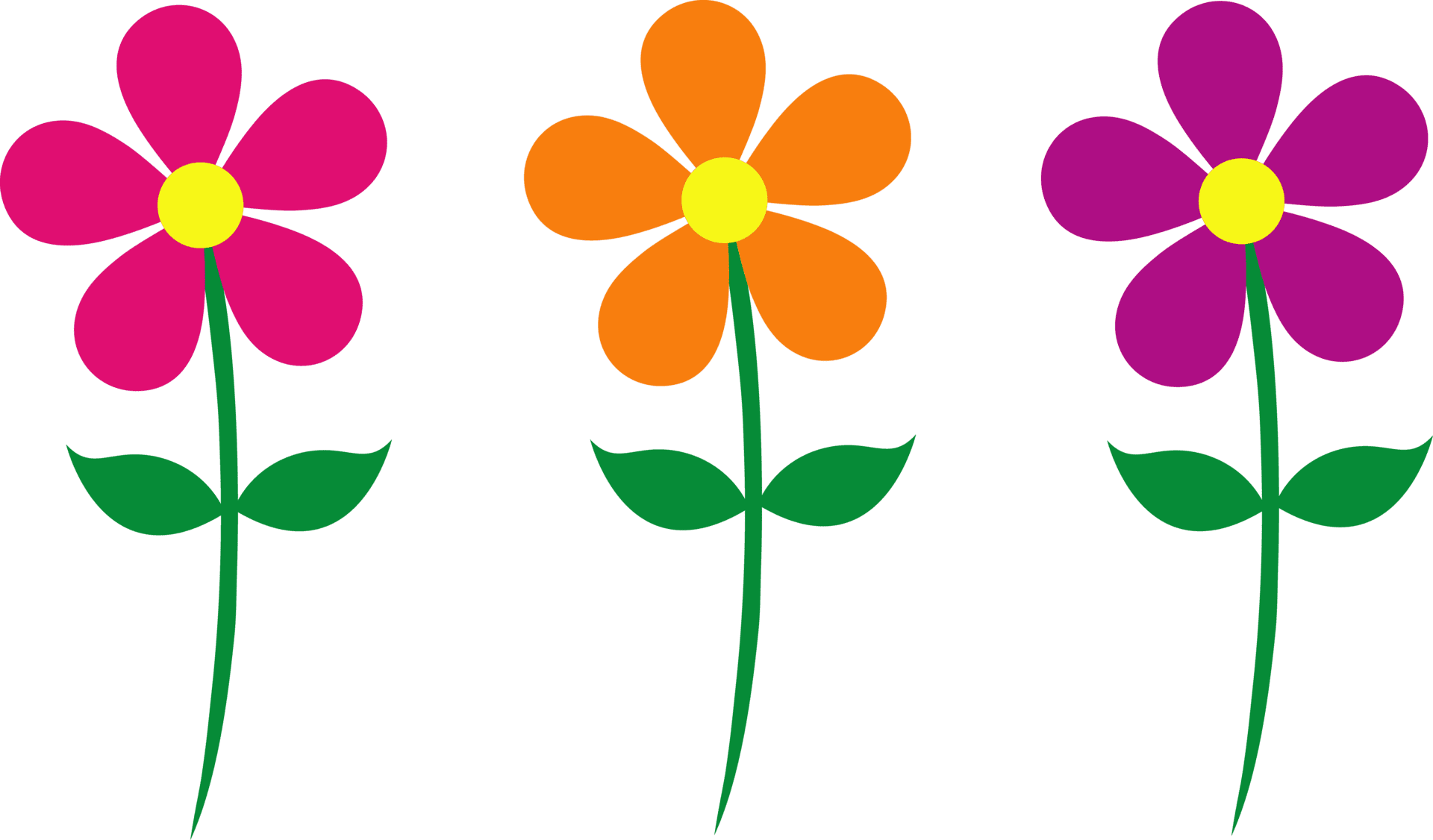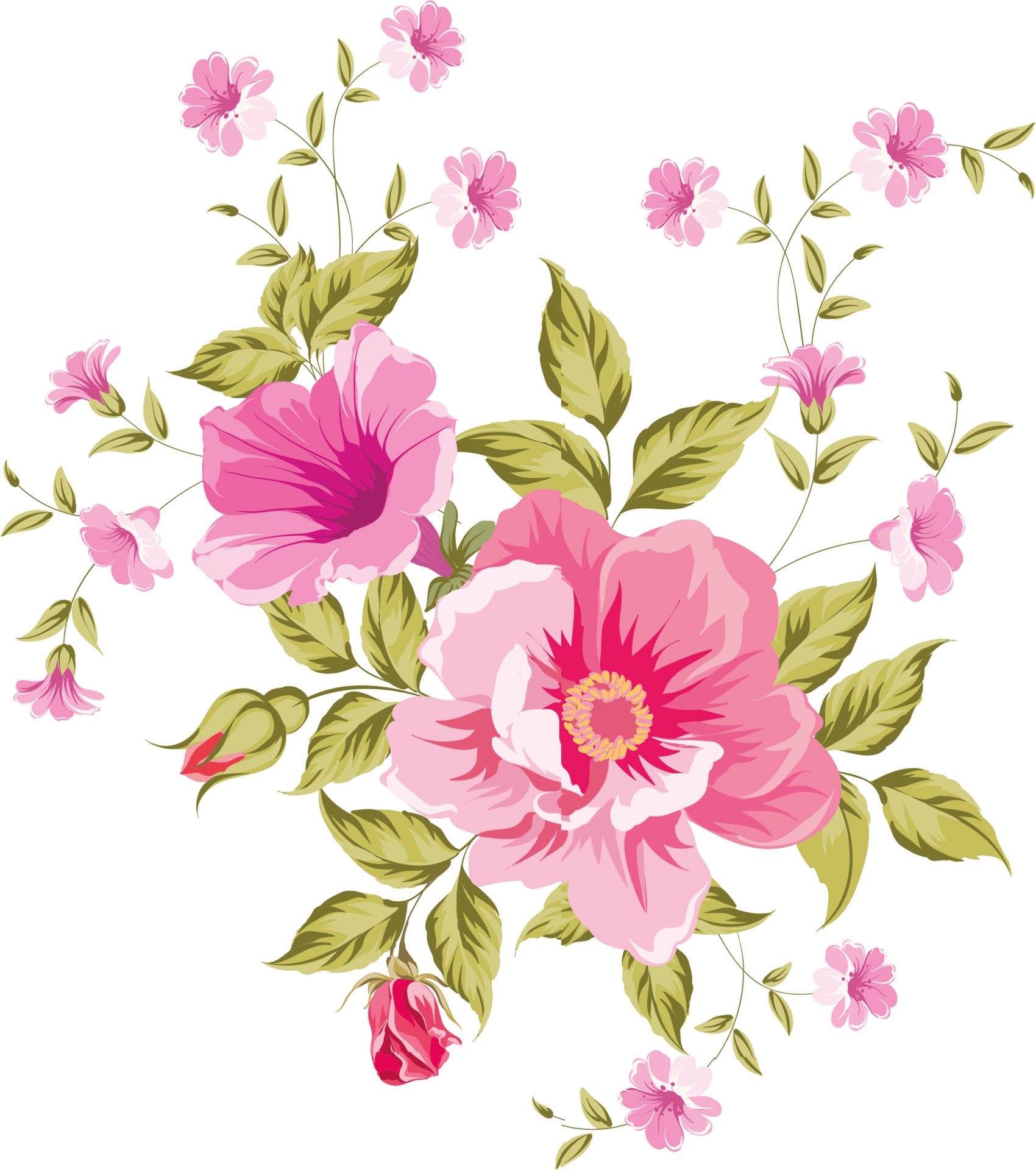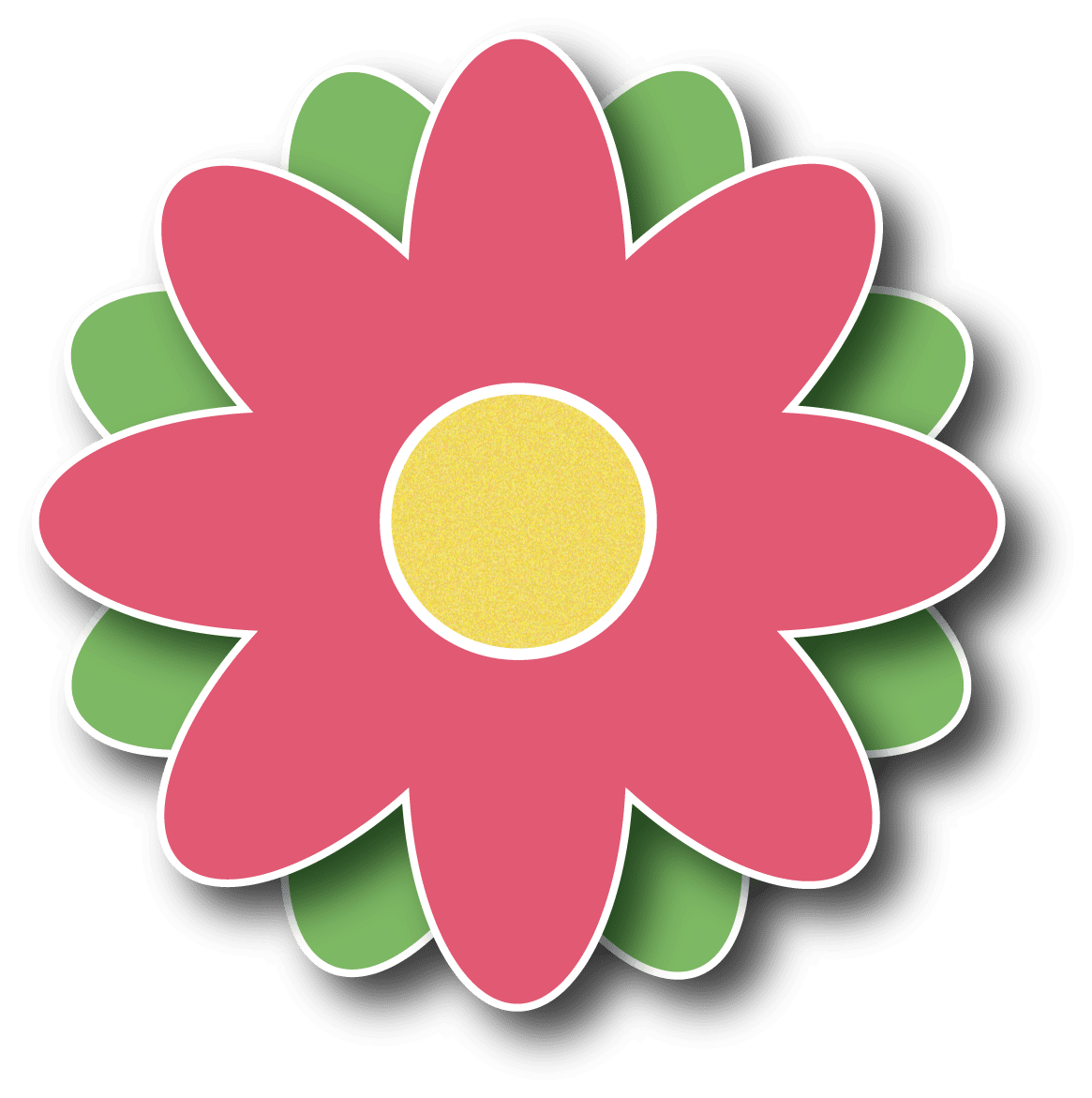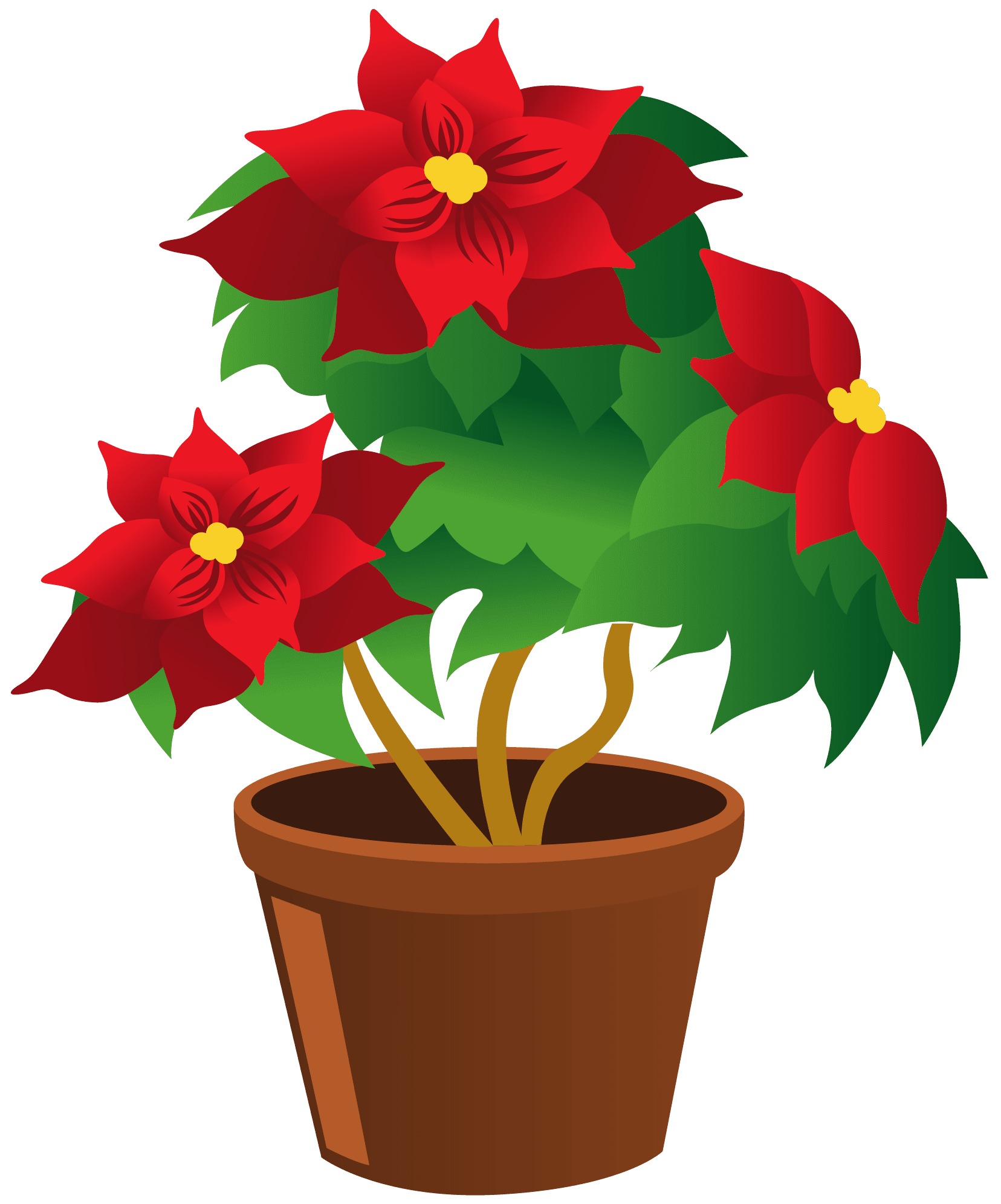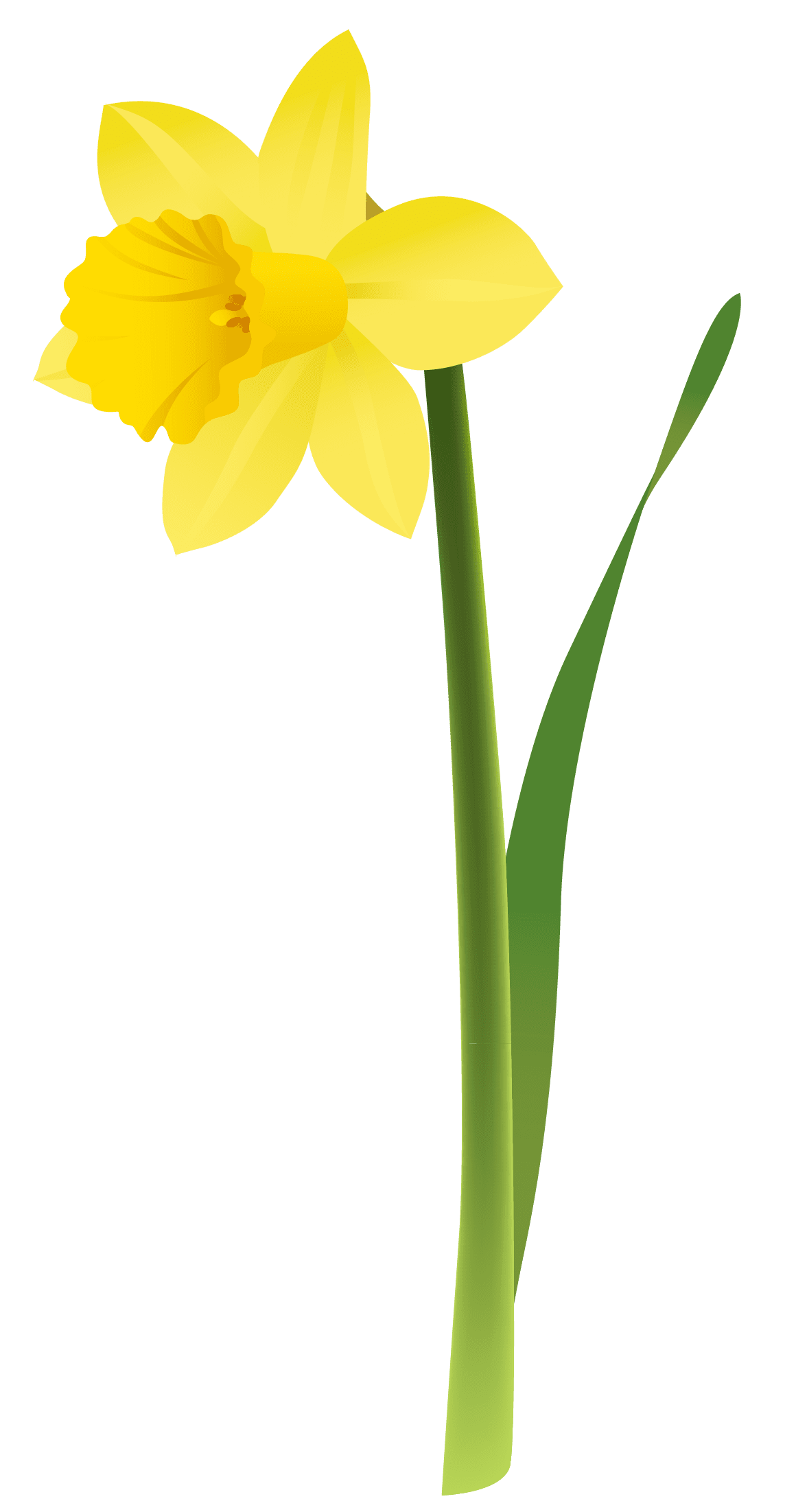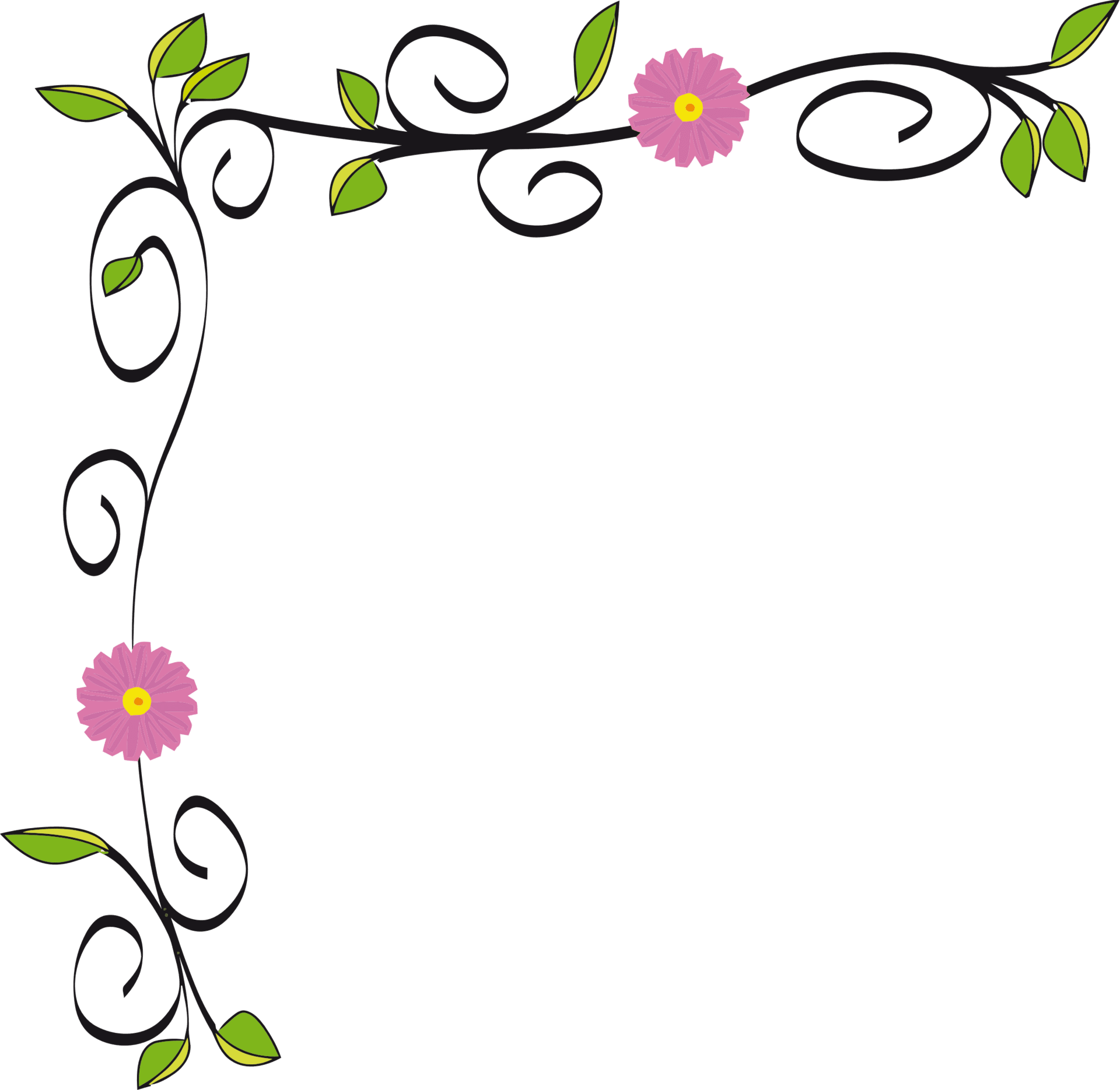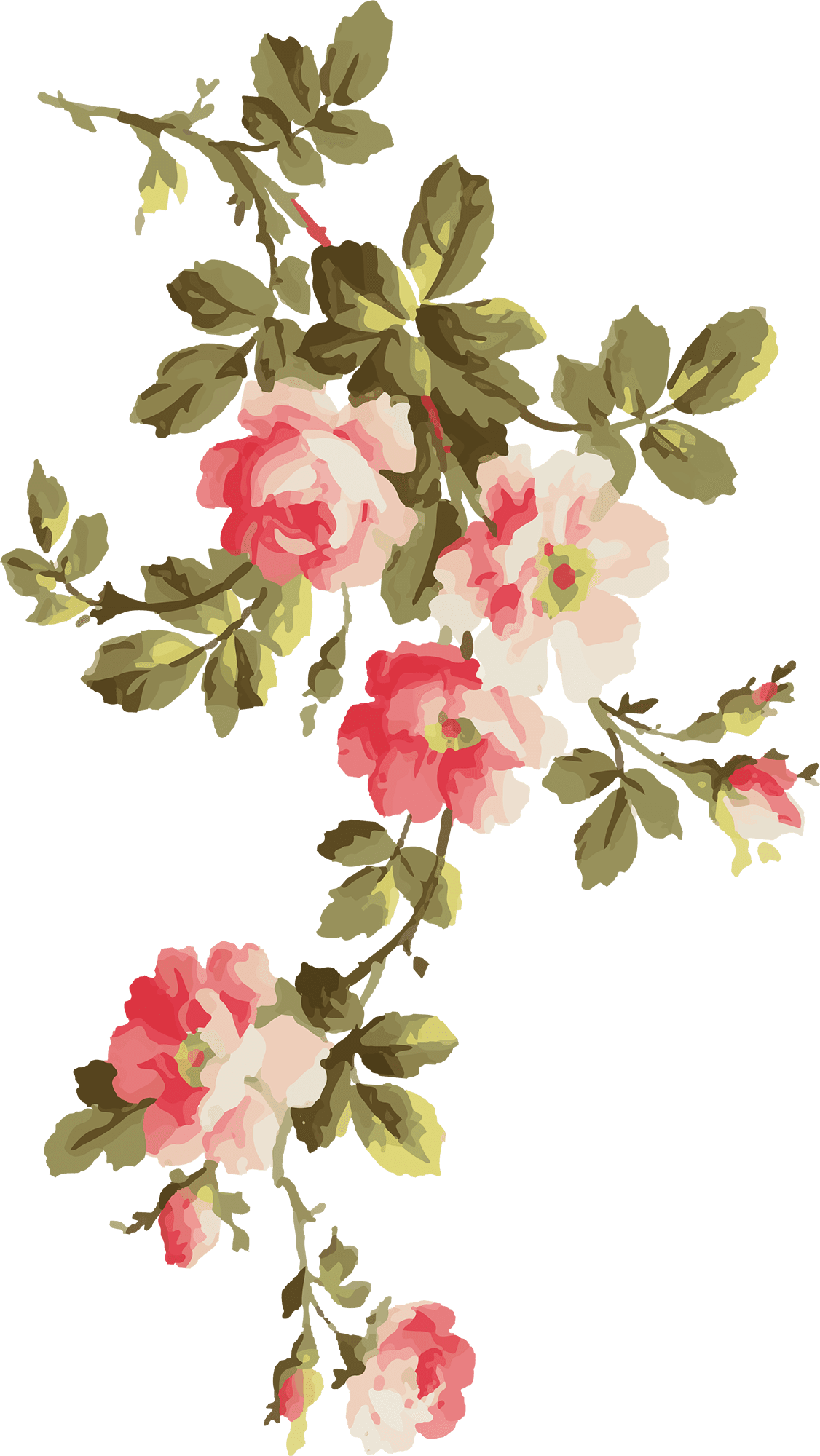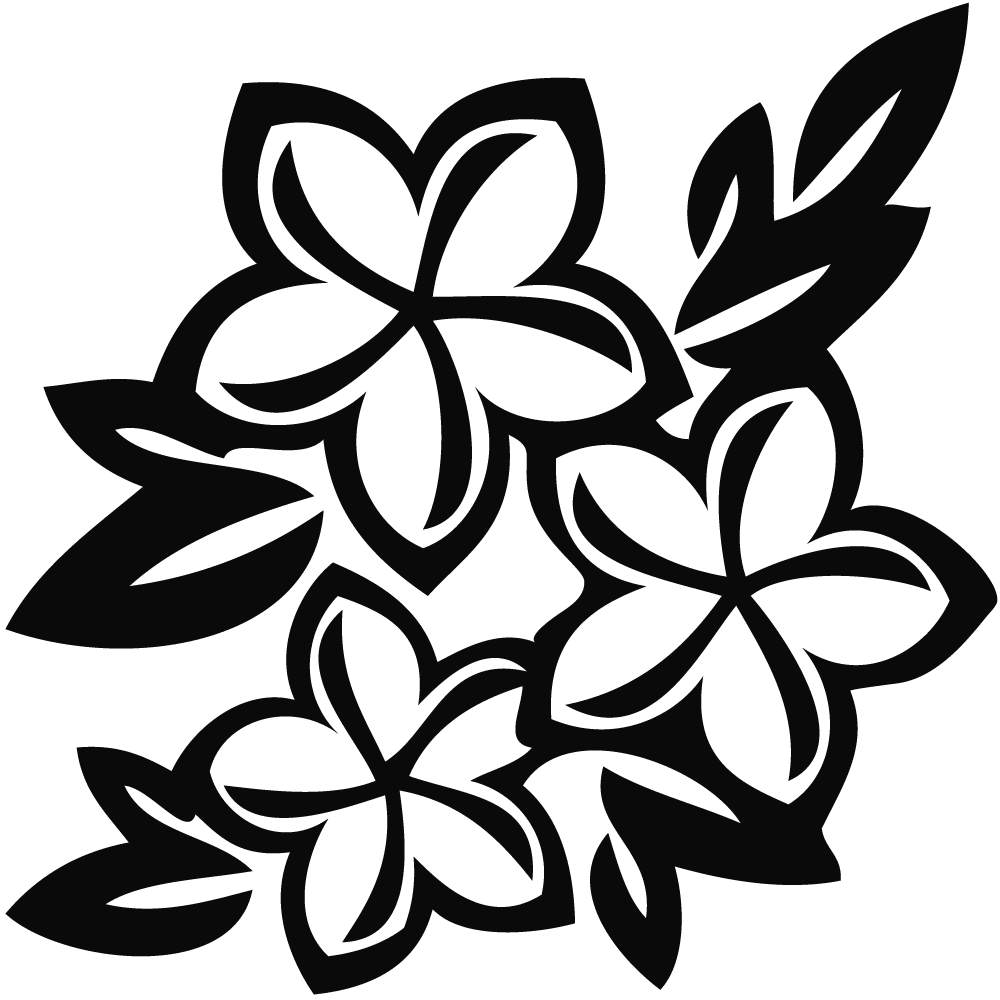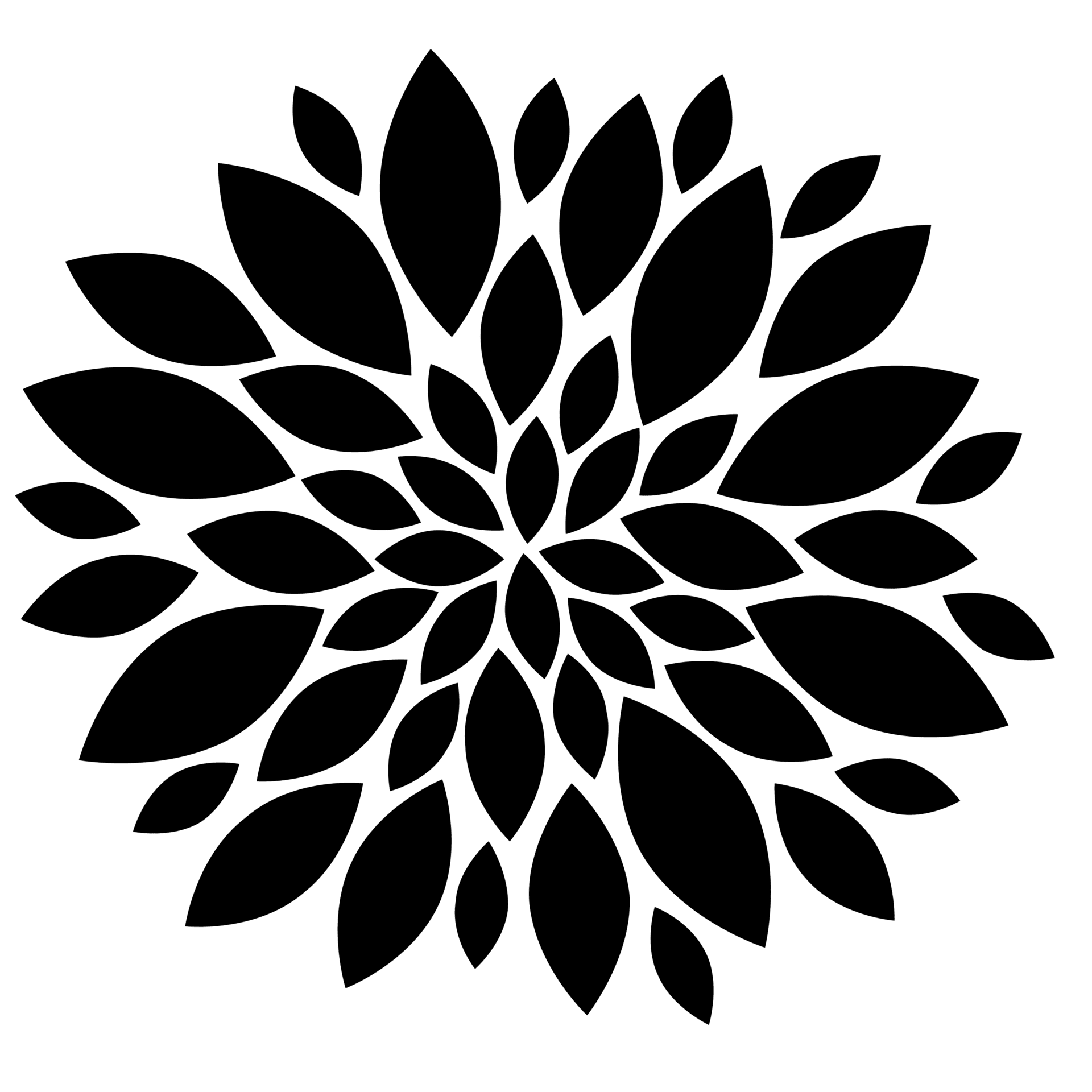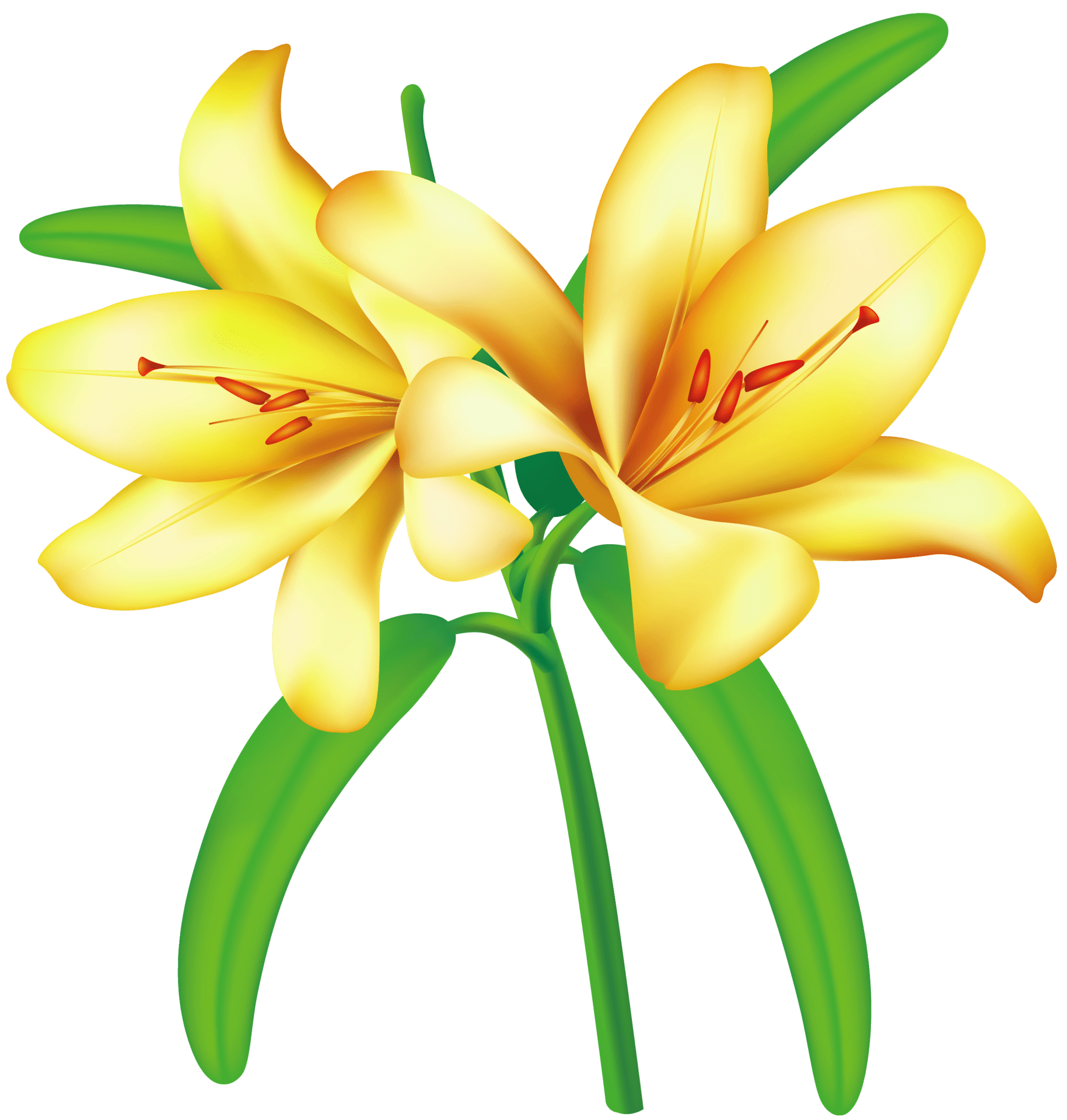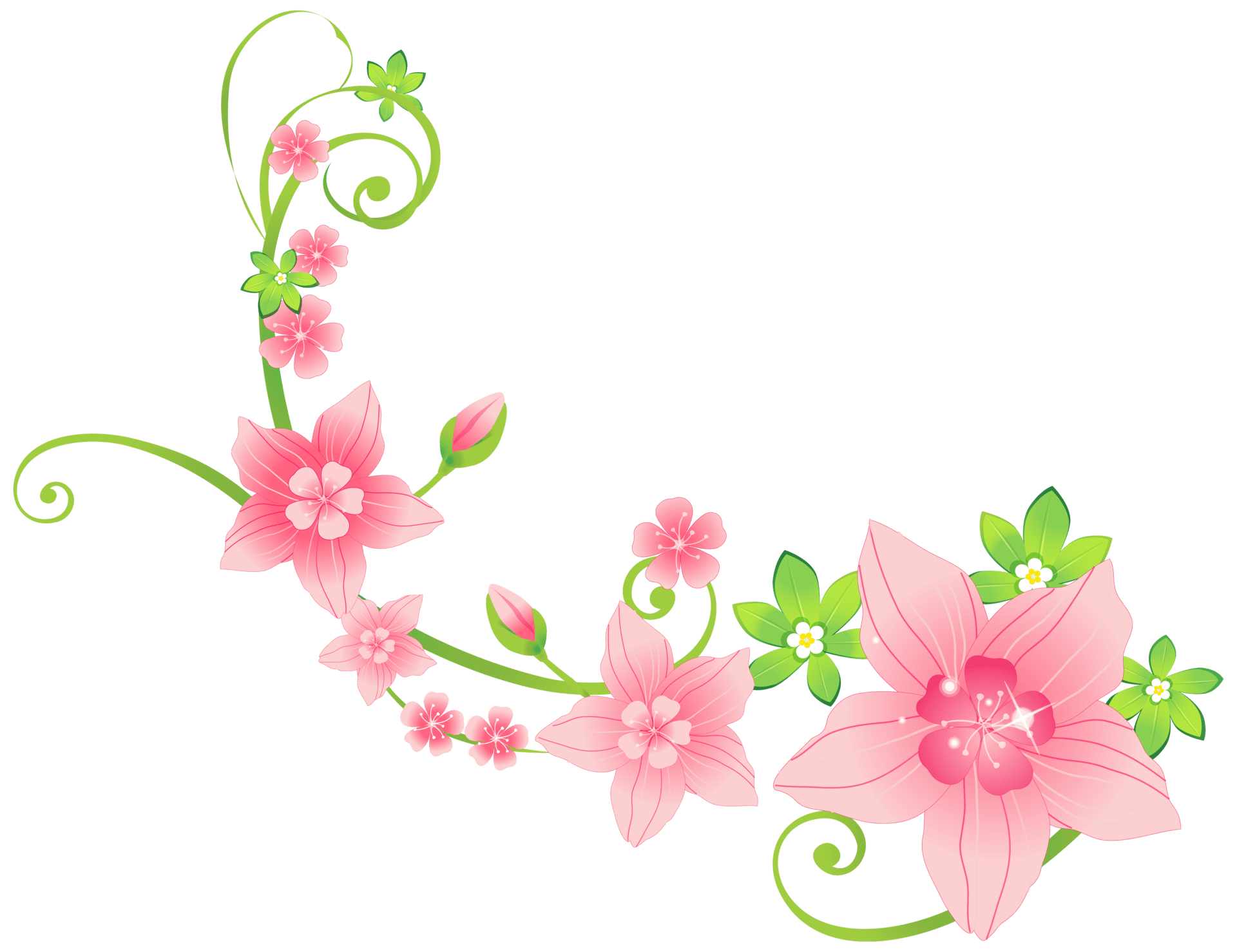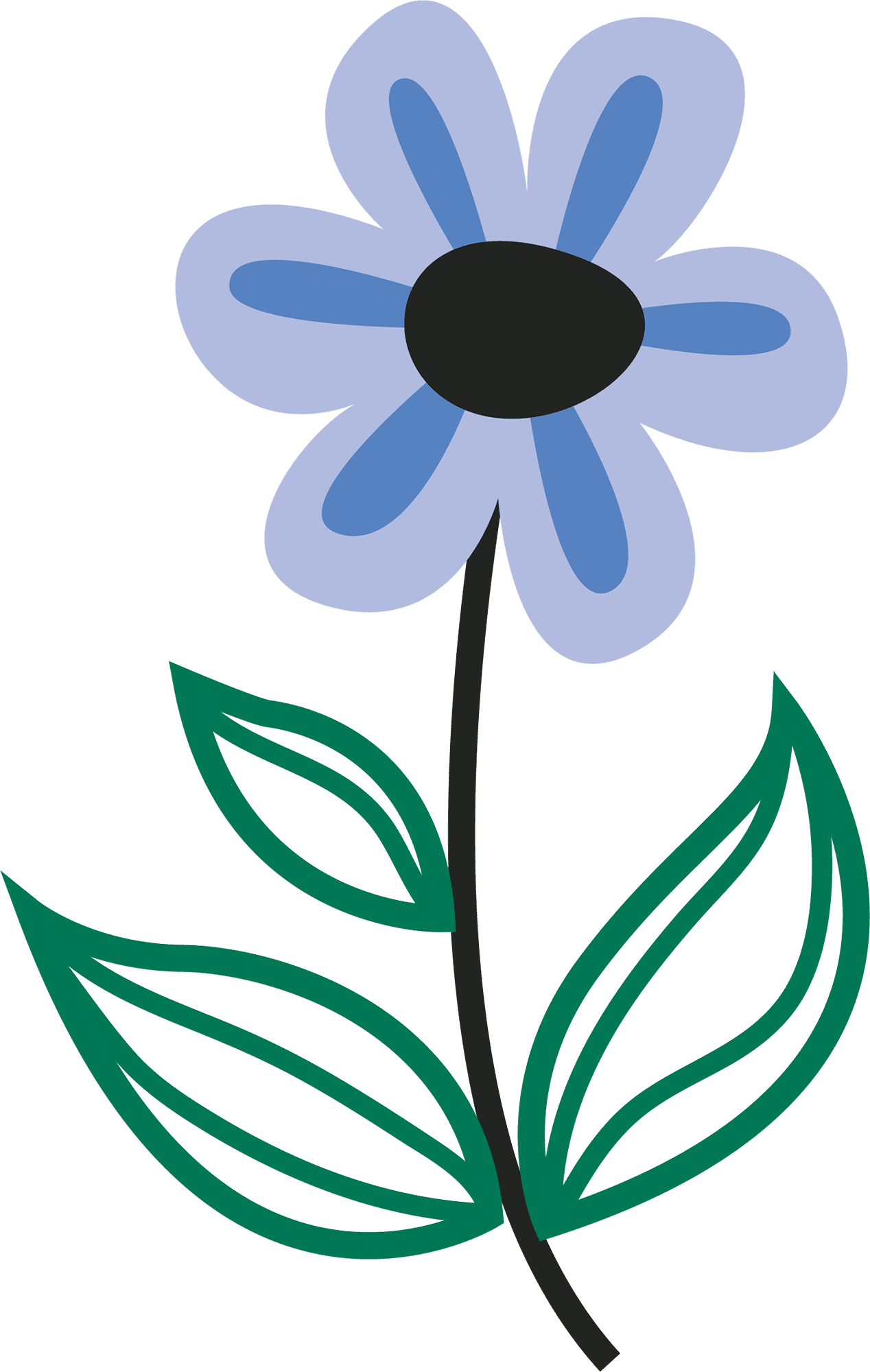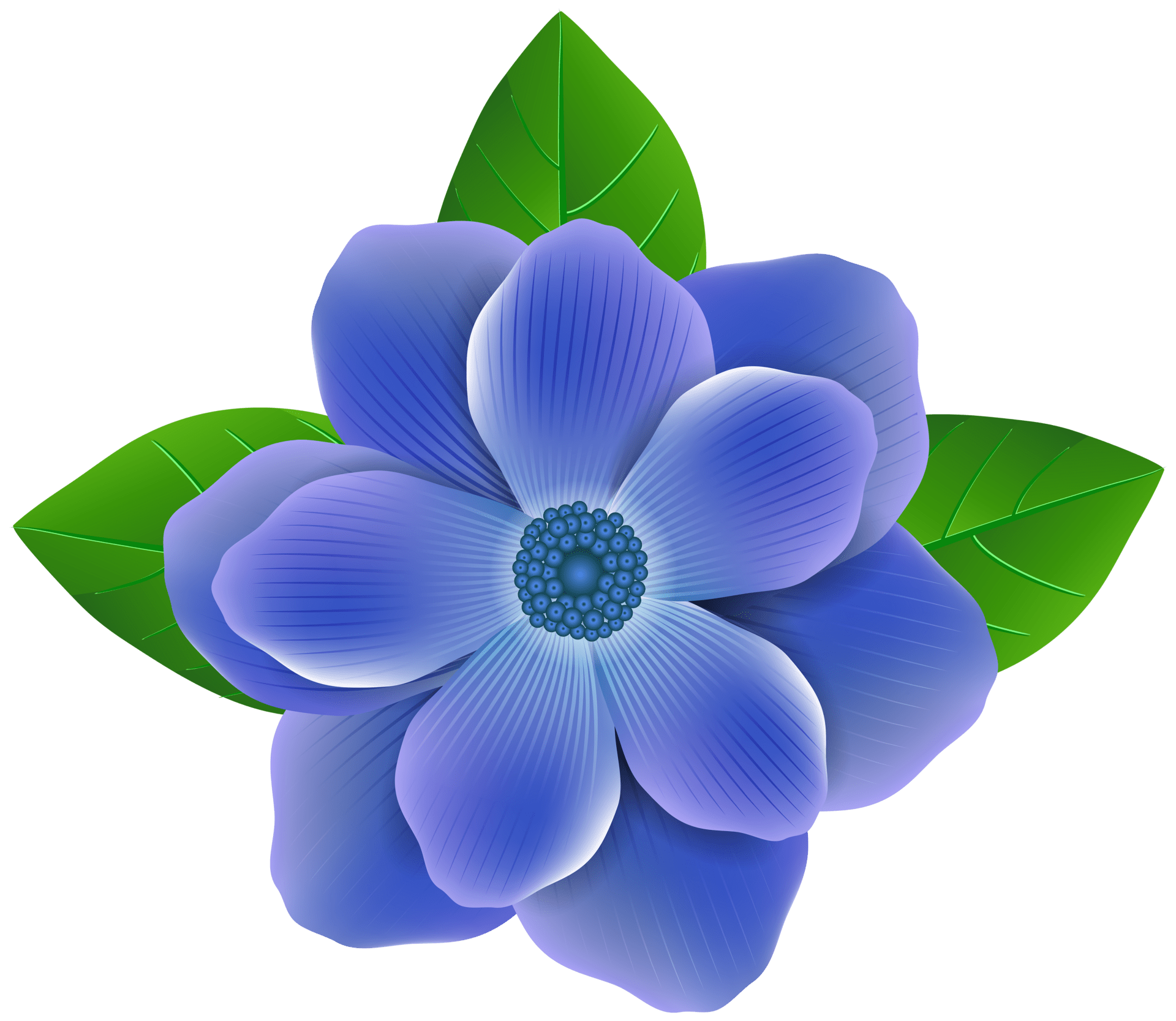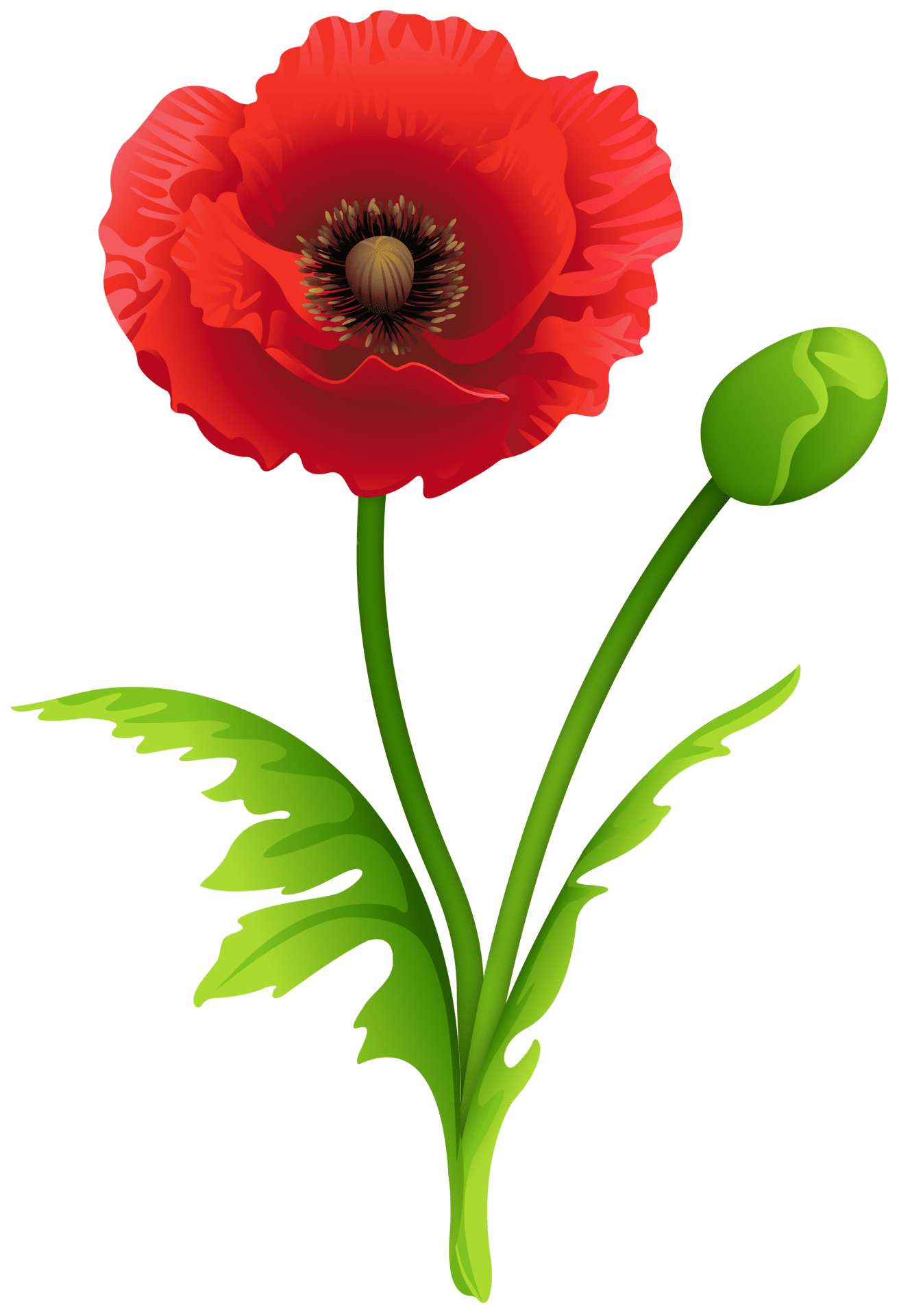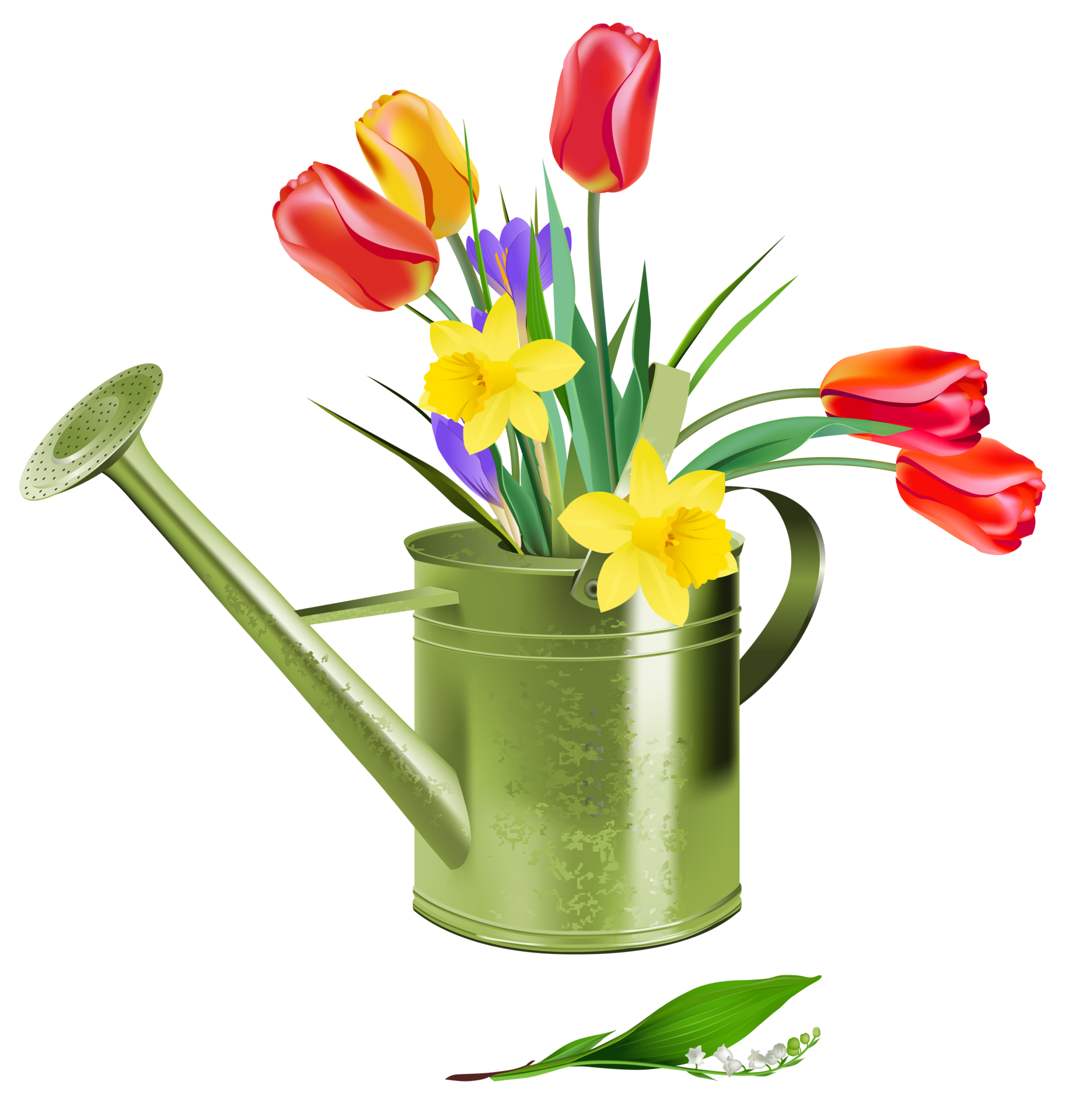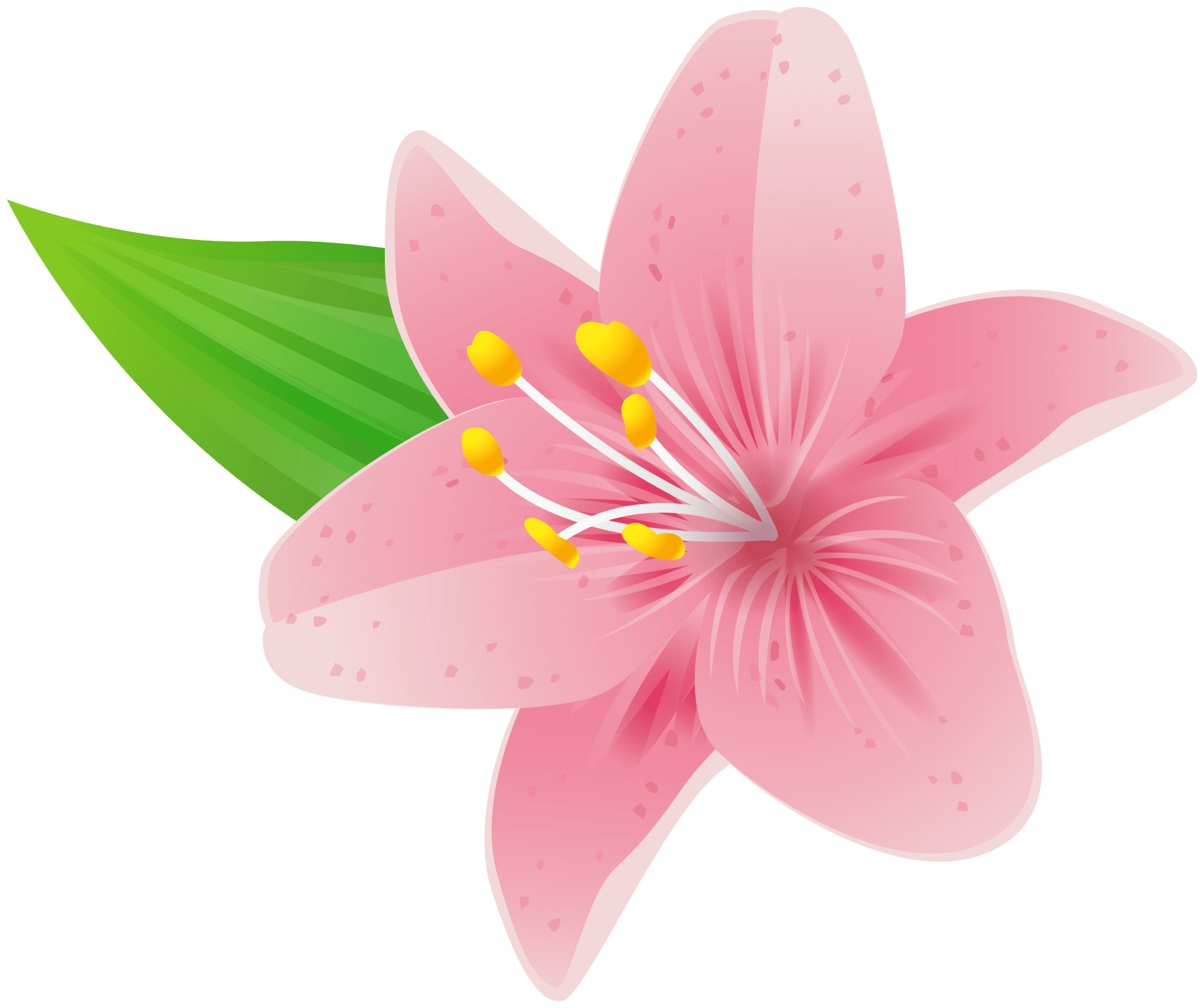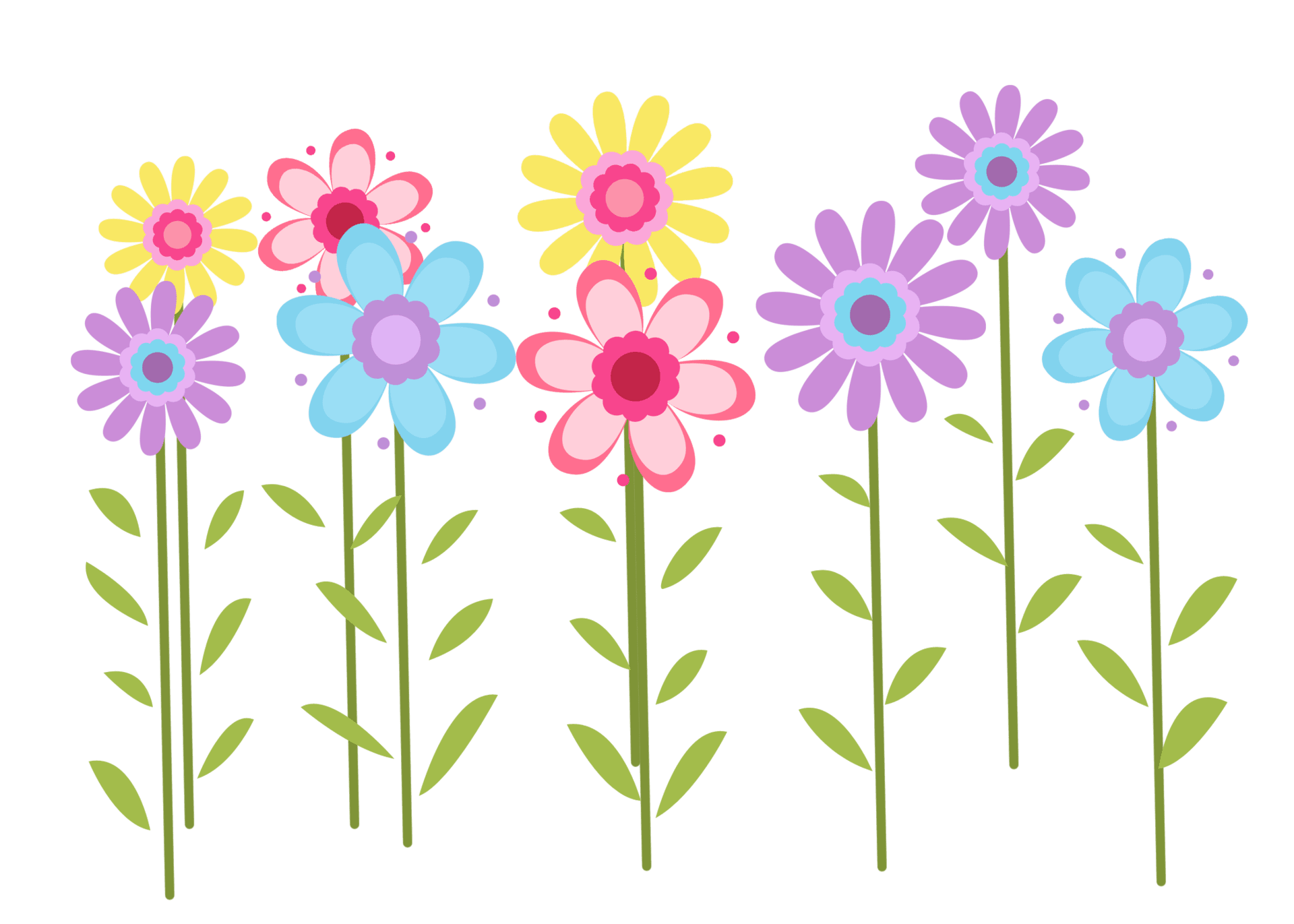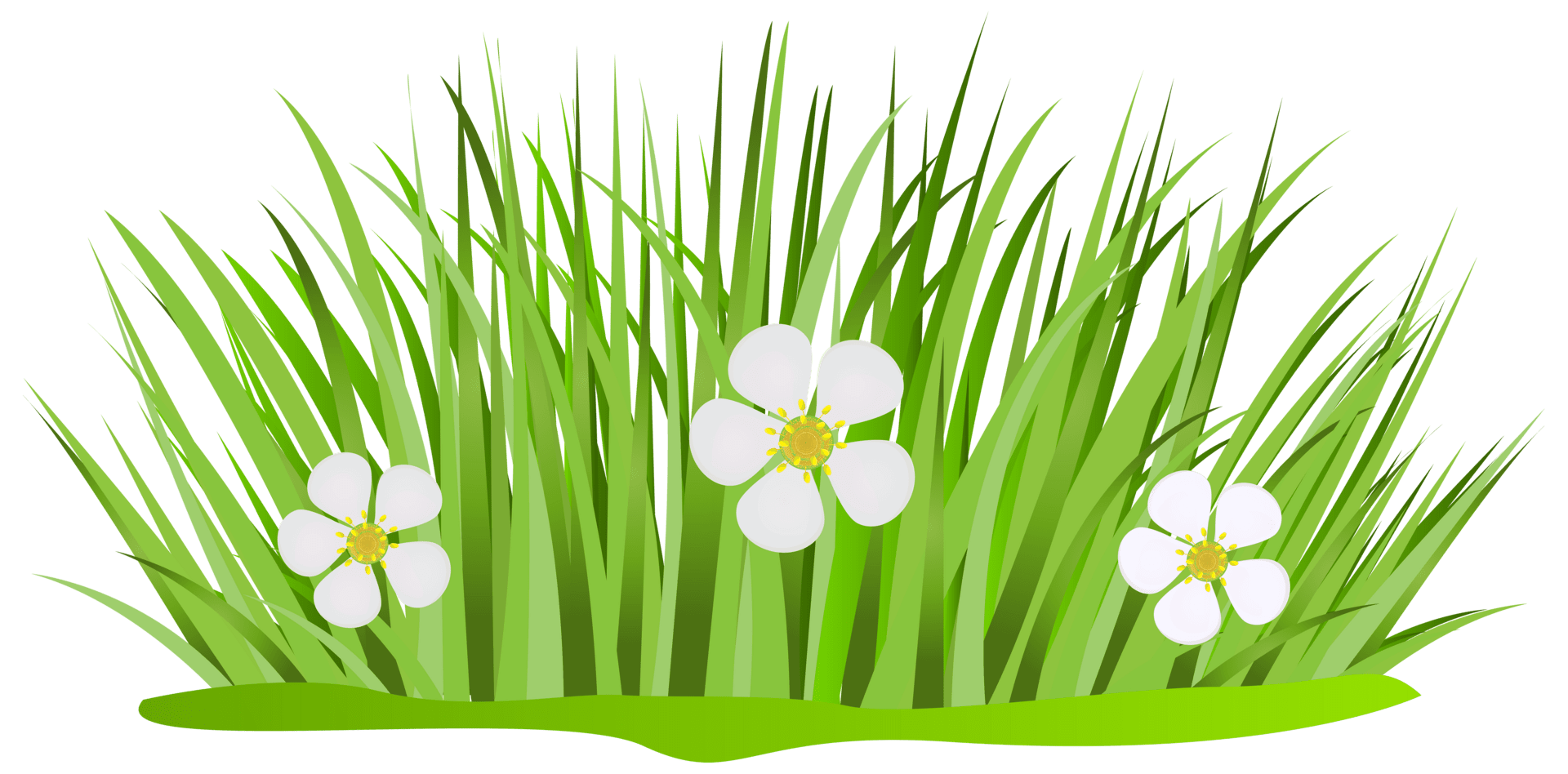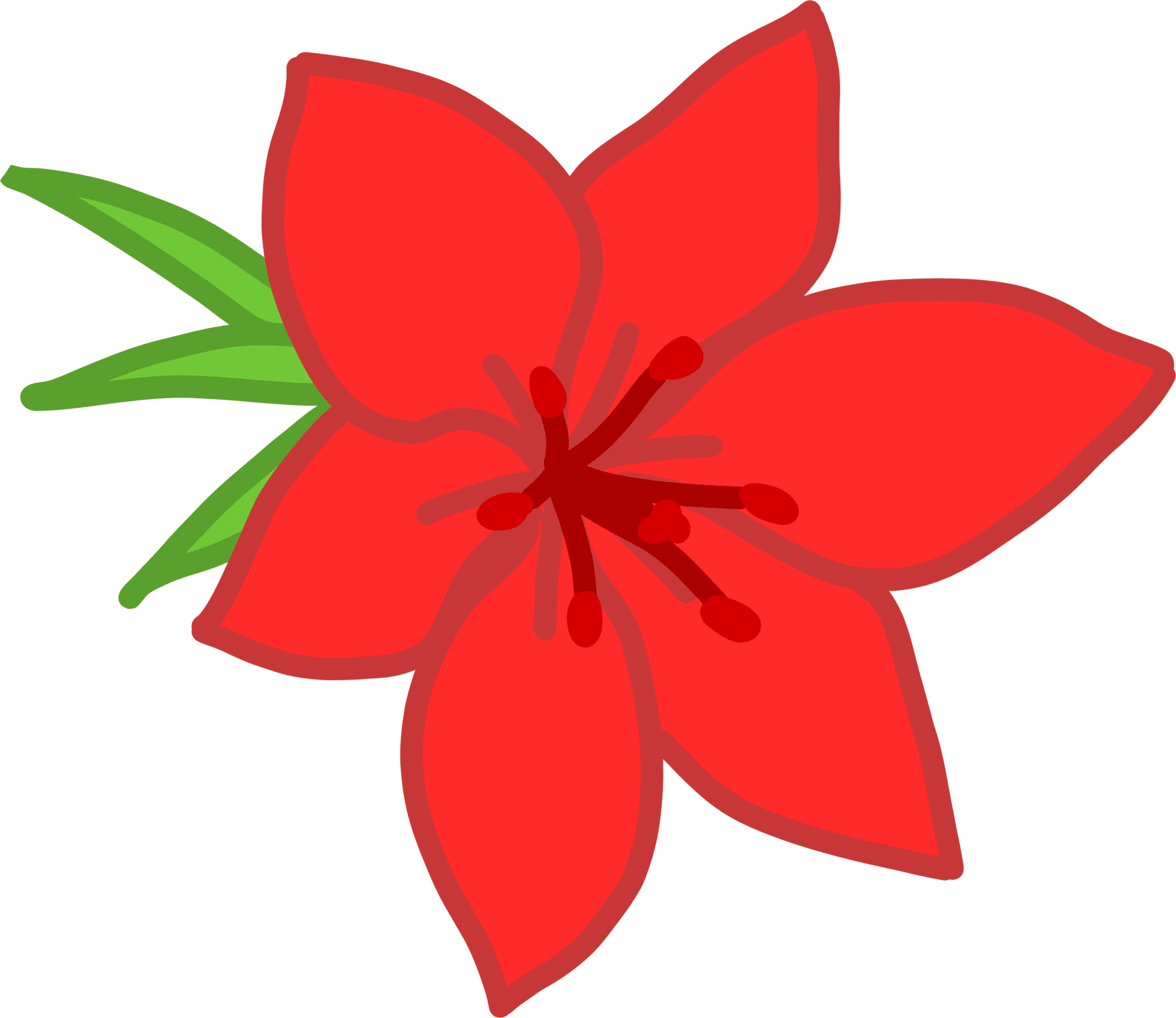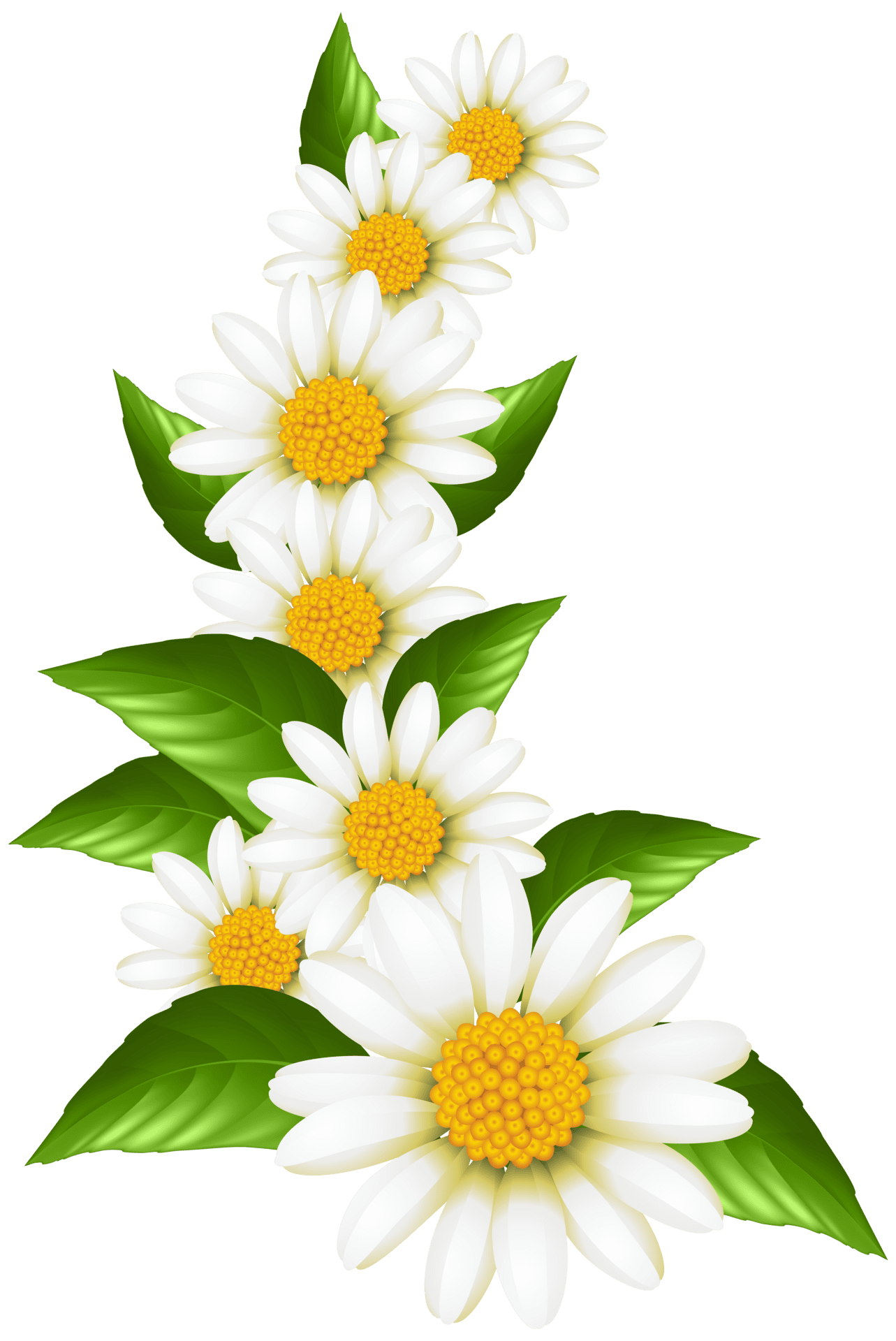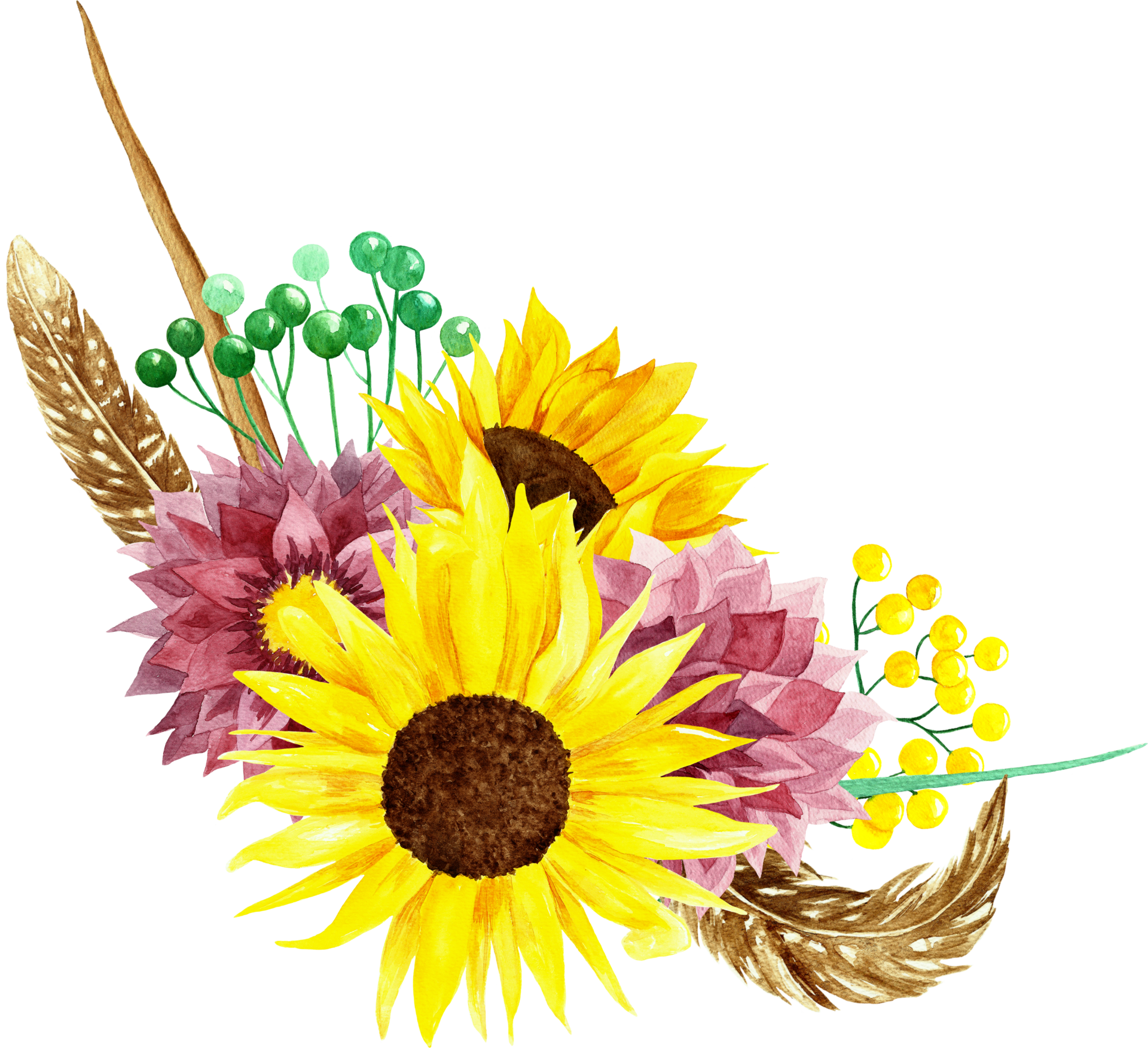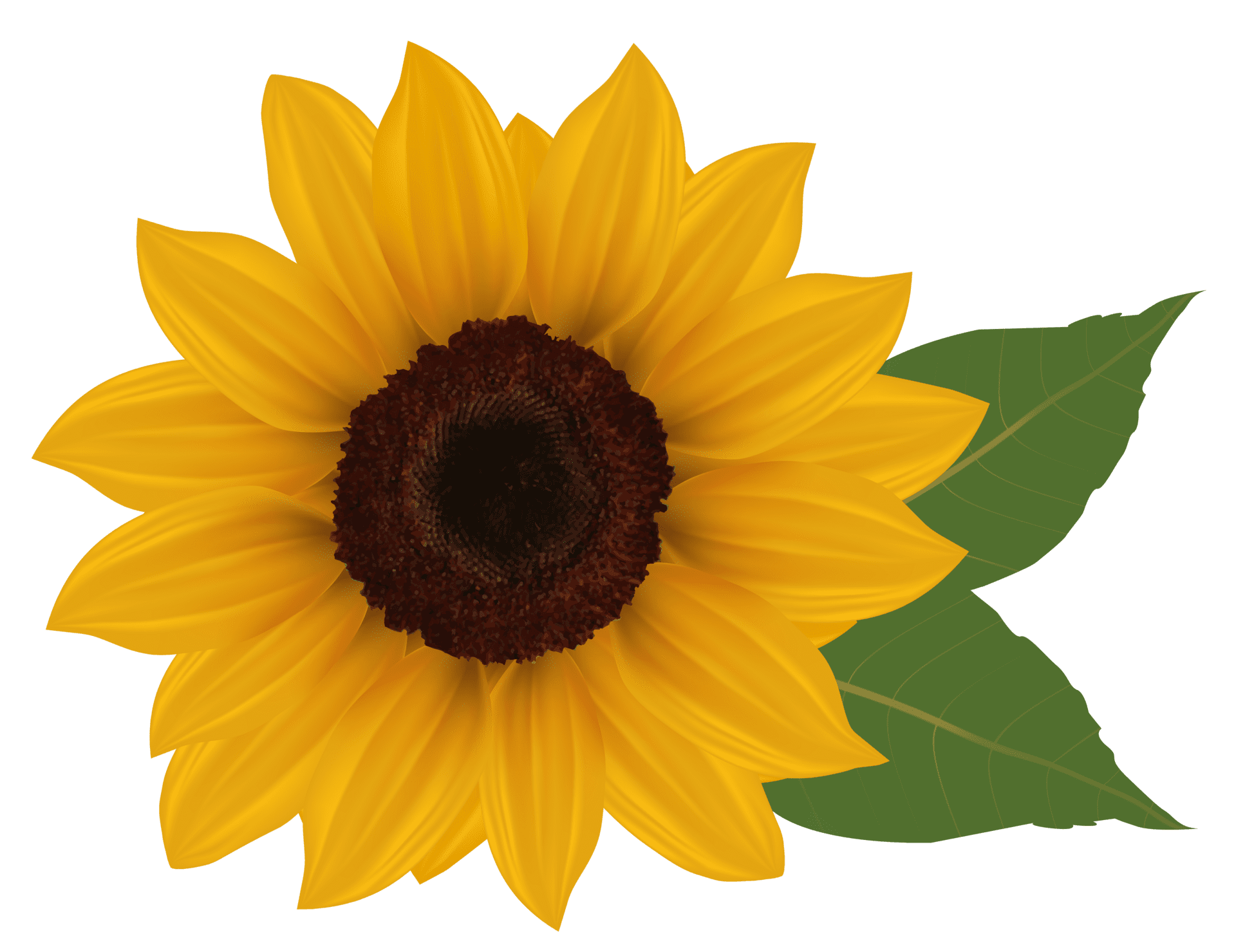Flowers have long been admired for their beauty and used as symbols and decorative motifs. With the advent of printing technologies, images of flowers began to be reproduced and distributed more widely. Flower clip art has continued this tradition into the digital age.
A Brief History of Flower Imagery
For millennia, flowers have held symbolic meaning across cultures. In ancient Egypt, China, and India, flowers represented the gods and were used in religious ceremonies. Images of roses and lilies can be seen in Minoan artifacts from 1500 BC. In ancient Rome and Greece, flowers were associated with love and fertility.
With the spread of Christianity in Europe, flowers gained new religious associations. The white lily became tied to the Virgin Mary’s purity, while the red rose symbolized martyrdom. During the Renaissance, secular flower paintings and decorative art became popular as botanical gardens gave people greater access to new flower varieties from Asia.
Dutch still-life paintings from the 1600s focused closely on realistic flower arrangements in vases as a reflection of society’s burgeoning interest in science. The floral patterns and bouquets that adorned porcelain, fabrics, and wallpapers showed flowers’ prominence in decorative arts. As printing technologies advanced, images of flowers were circulated more widely.
The Emergence of Flower Clip Art
By the late 19th century, chromolithography enabled the mass production of color flower illustrations. These images appeared on everything from postcards to advertisements as flower symbolism expanded into marketing. With the desktop publishing revolution of the 1980s and 1990s, pre-made graphics accelerated the production of printed materials.
Clip art emerged as a popular source of easy-to-use graphics for amateurs producing menus, newsletters, cards, and more. Compilations of flower clip art provided images of generic flowers and arrangements without the hassle of hiring an illustrator. As stock houses formed to organize these royalty-free graphics, flower clip art came to cover everything from roses to orchids to wildflowers.
Digital Flower Clip Art
The era of digital publishing brought flower clip art to new heights. As broadband Internet grew more commonplace in the early 2000s, online databases offered print publications an instant way to enhance layouts. The surge of blogging and social media also gave rise to a new audience that used digital flower graphics in websites and online scrapbooking.
With layered graphics software, flower clip art shifted away from generic daffodils and pansies. Designers created intricate botanical elements with transparency, gradients, and texture. Petals, leaves, stems, stamens, and other components became modular. This expanded the options for unique arrangements and collage.
The 2010s saw mobile platforms and applications incorporate flower stickers, emoji, GIFs, and filters that echoed traditional flower symbolism in digital form. As stock art websites integrate with creative software and apps, flower images have become infinitely customizable and shareable.
Common Uses of Flower Clip Art
Flower clip art remains popular for all kinds of publishing needs:
- Stationery – Invitations, greeting cards, certificates, and business cards often incorporate floral frames, garlands, and other accents. Flowers reflect themes like springtime, romance, femininity, and national symbols.
- Marketing Materials – Floral motifs capture attention on pamphlets, brochures, flyers, coupons, posters, and digital advertisements for industries from gardening products to fashion boutiques.
- Publishing and Journalism – Newspapers, magazines, novels, academic journals, and informational websites use flower motifs as visual interest in headers, initials, dividers, and banners.
- Crafting – Amateur designers creating wreaths, jewelry, paper goods, scrapbooks, quilts, and cross-stitch embroideries employ flower graphics to visualize and inspire projects.
- Events and Celebrations – Party invitations, programs, welcome signs, photo backdrops, and slideshows incorporate flowery elements for weddings, baby showers, birthdays, graduations, and holidays.
- Personal Expression – Bloggers, students, business professionals, social media users, and creatives add aesthetic appeal to personal sites and projects with floral stickers, frames, icons, and filters.
Styles of Flower Clip Art
Flower graphics come in a range of artistic styles:
- Botanical Illustrations – Detail-oriented drawings present scientific views of flower specimens with accurate anatomy. Lines and colored pencils mimic nature studies.
- Watercolor Paintings – Pigments pooled into wet washes create soft focus and blurred edges like impressionist flower art. petals blend vibrant or pale hues.
- Folk Art – Simple pen outlines with solid fill colors and visible brush strokes have a handmade, naive charm. Examples resemble peasant embroidery.
- Engravings – High contrast line art mimics etchings or wood block prints. The stylized look fits themes from romantic to rustic.
- Art Nouveau – Ornate vector designs border on abstraction with curving dynamic lines. Florals interconnect with decorative frames in the style of 1920s Paris.
- Minimalism – Thin lines, circles, and abstract geometric shapes reduce flowers to their essence. Negative space spotlights silhouettes.
From fine arts to primitives, flower clip art bridges historical themes and current graphic design sensibilities. Traditional silkscreen florals take on modern edge with neon colors. Digital filters can distress images for vintage flair. The possibilities grow exponentially.
Finding Quality Flower Clip Art
Many websites offer free downloads or paid subscriptions for flower graphics. Consider these criteria when selecting images:
- Relevance – Choose species and color palettes to suit your theme or purpose whether designing wedding invitations or marketing gardening tools. Search specific terms.
- Resolution – Print outputs require 300+ dpi files sized to fit without pixelation or roughness. Web images just need 72 dpi. Raster graphics list pixel dimensions while vector formats infinitely scale.
- Format – Common file types include PNG for approachable images with transparency, JPG for photos, SVG for sharp logos and illustrations, EPS for print layouts, and GIF for animation. Know production requirements.
- Style – Browse the overall look and individual design elements. Evaluate technical quality and aesthetic taste aligned with your brand identity or personal preferences.
- Copyright – Royalty-free rights allow unlimited reproduction while specific attribution licenses have usage terms. Check policies to enable legal sharing and commercialization.
With the right flower clip art resources, it takes just a few clicks to add dazzling floral personality to anything you design or publish digitally or by print. Theircapacity for beauty and abundance condensed into graphic form can breathe new life into your next project.
Below clipartsign present 94 flower clipart images free for design inspiration. Lets download Flower Clipart that you want to use for personal uses.

